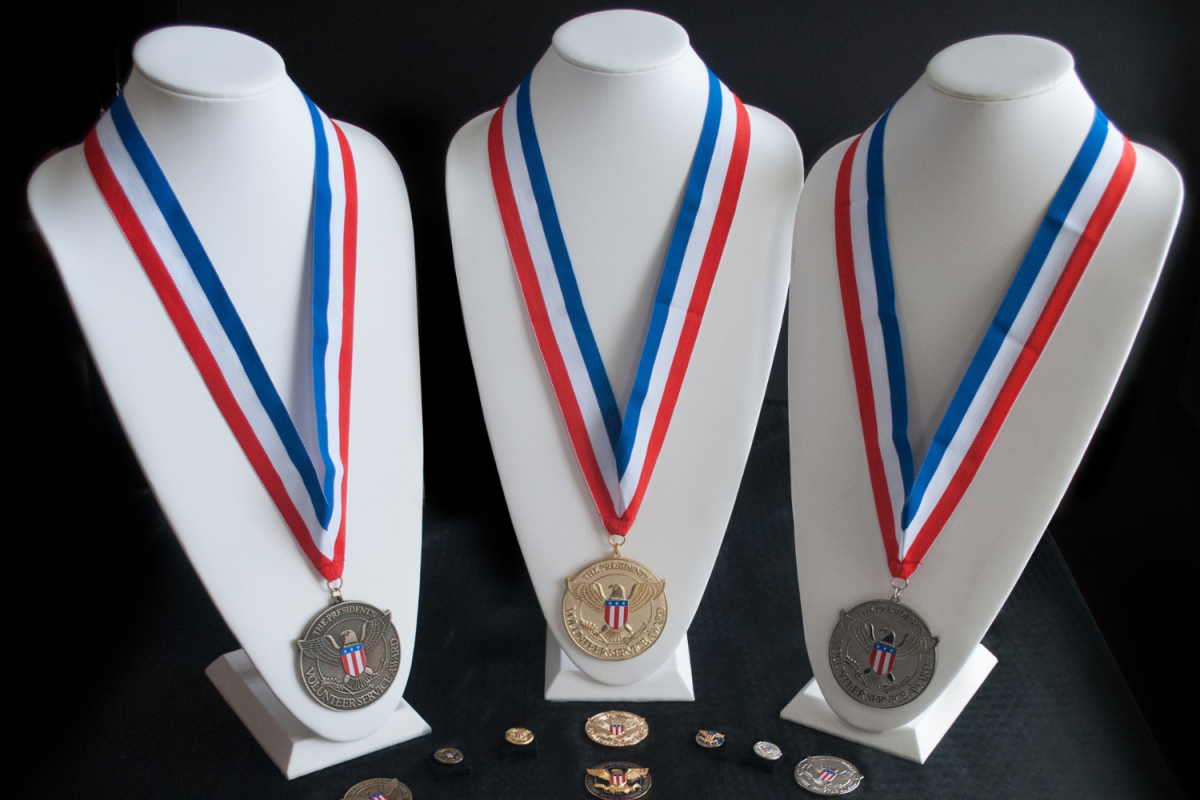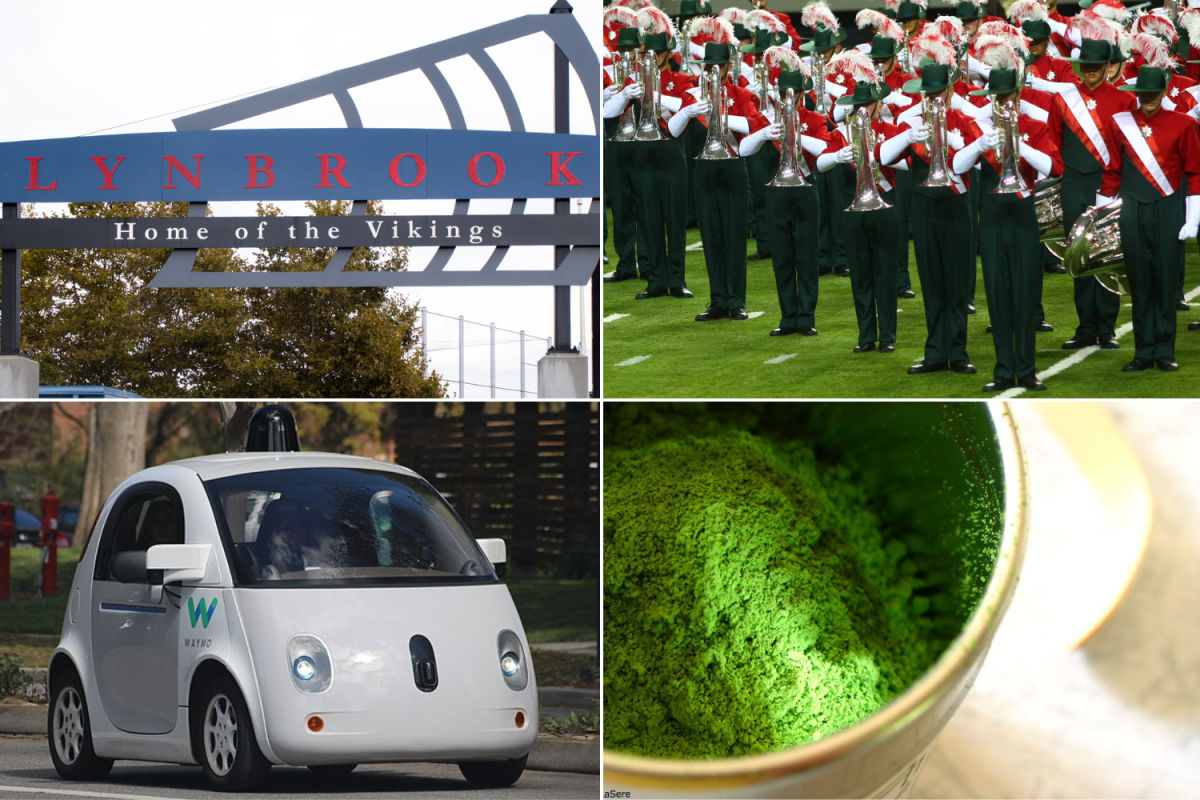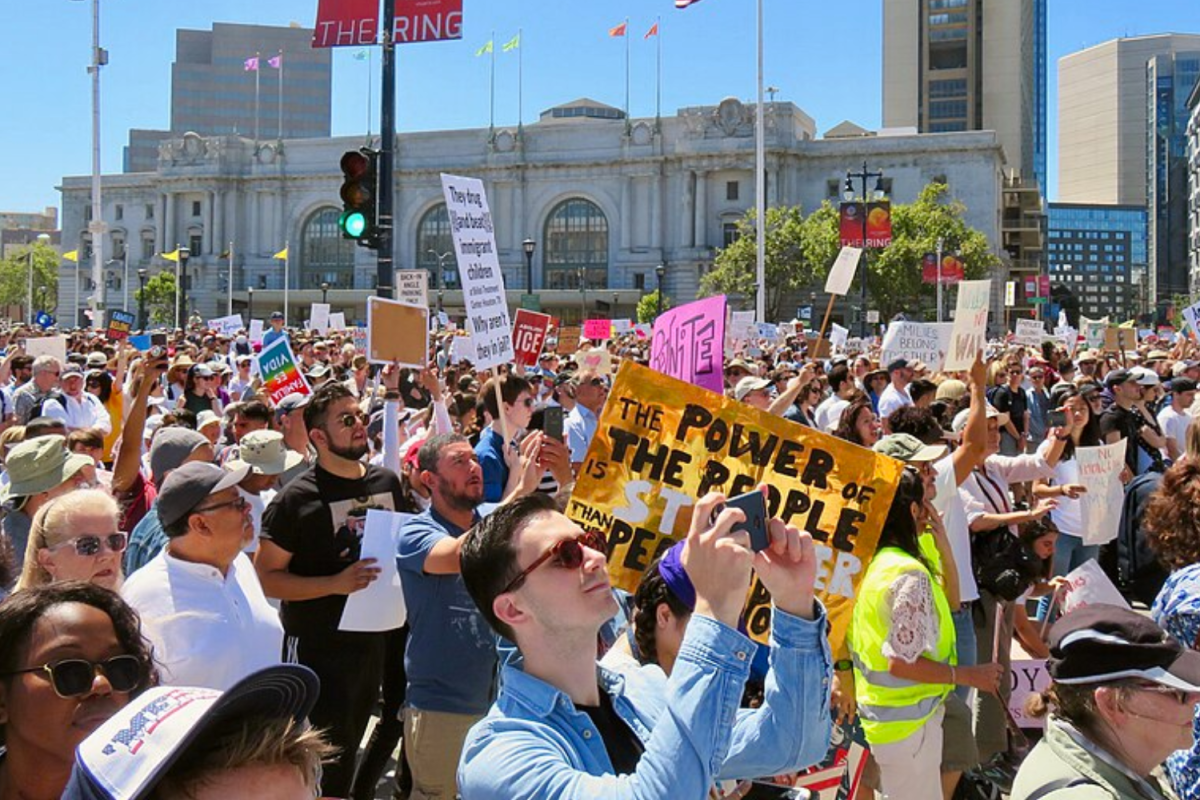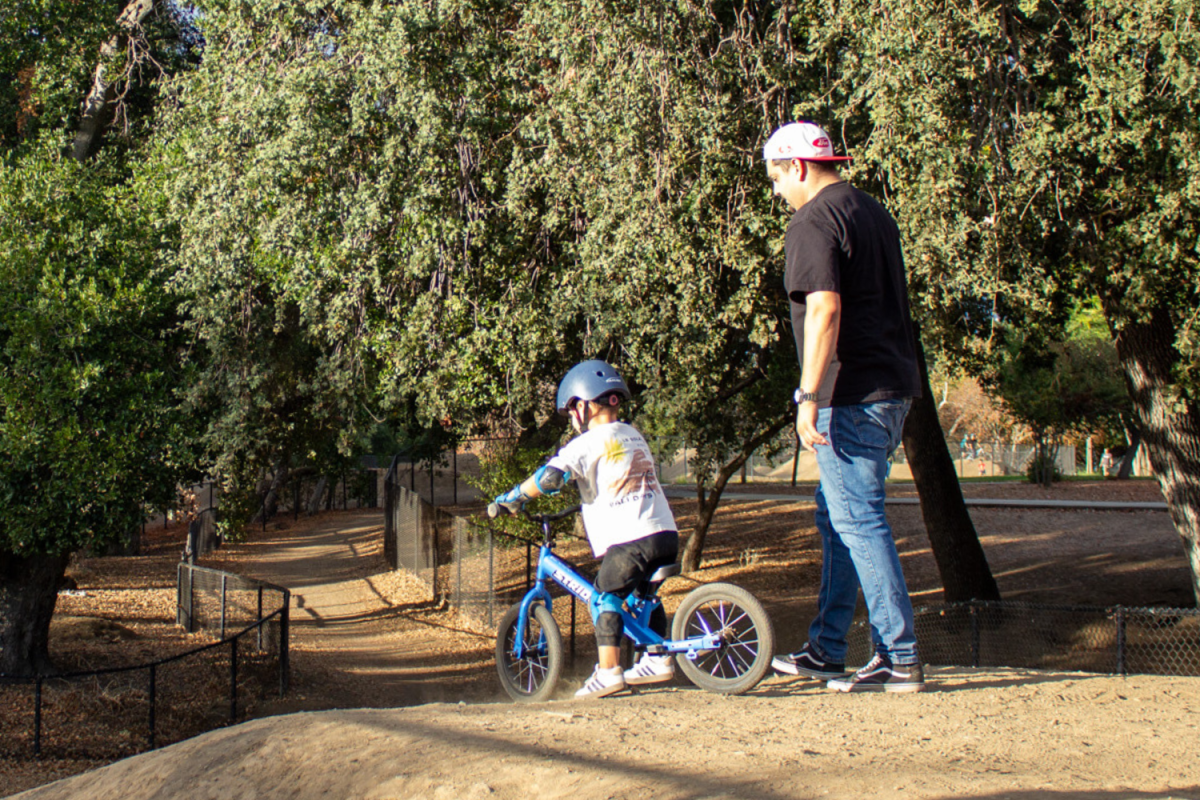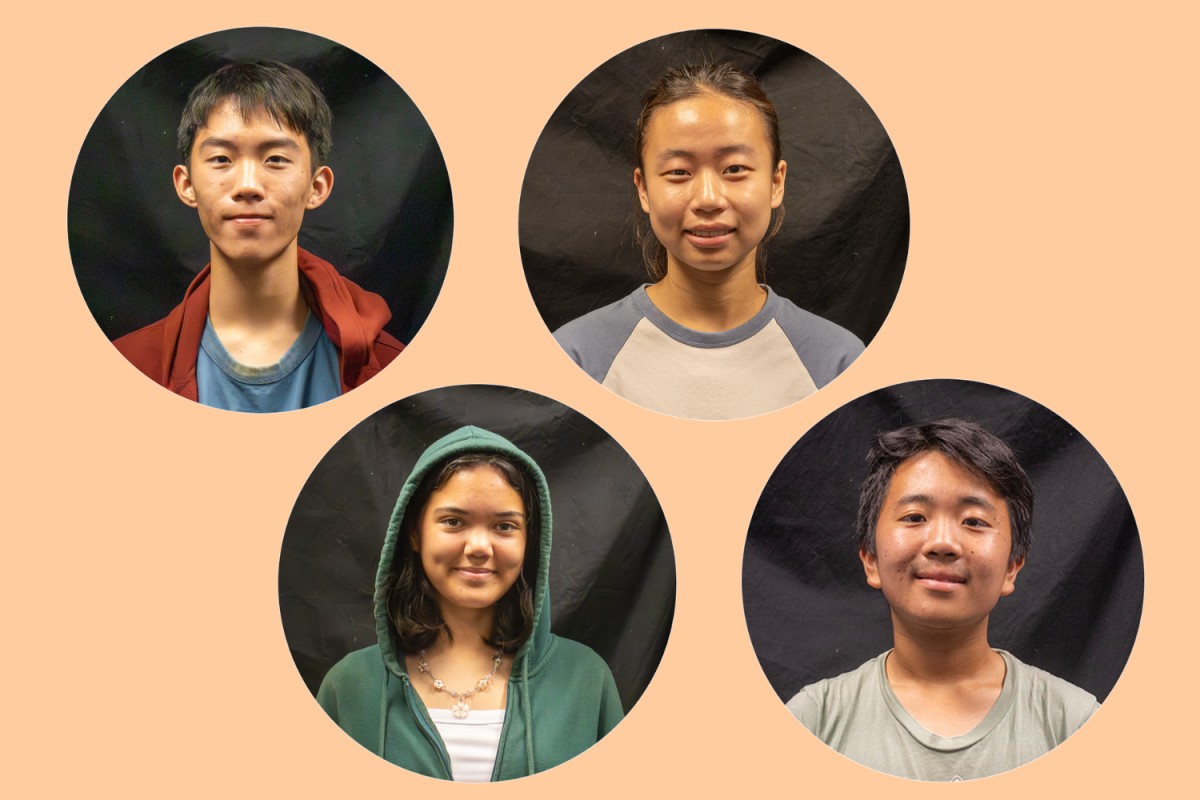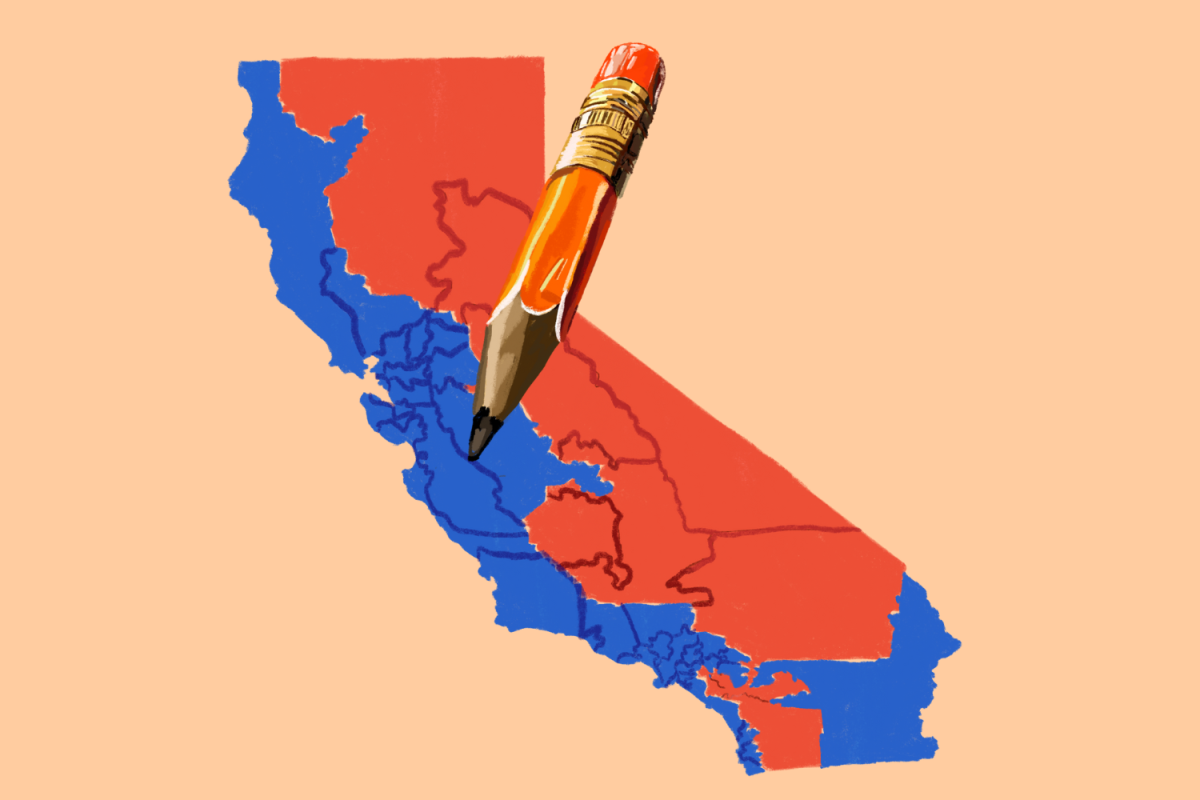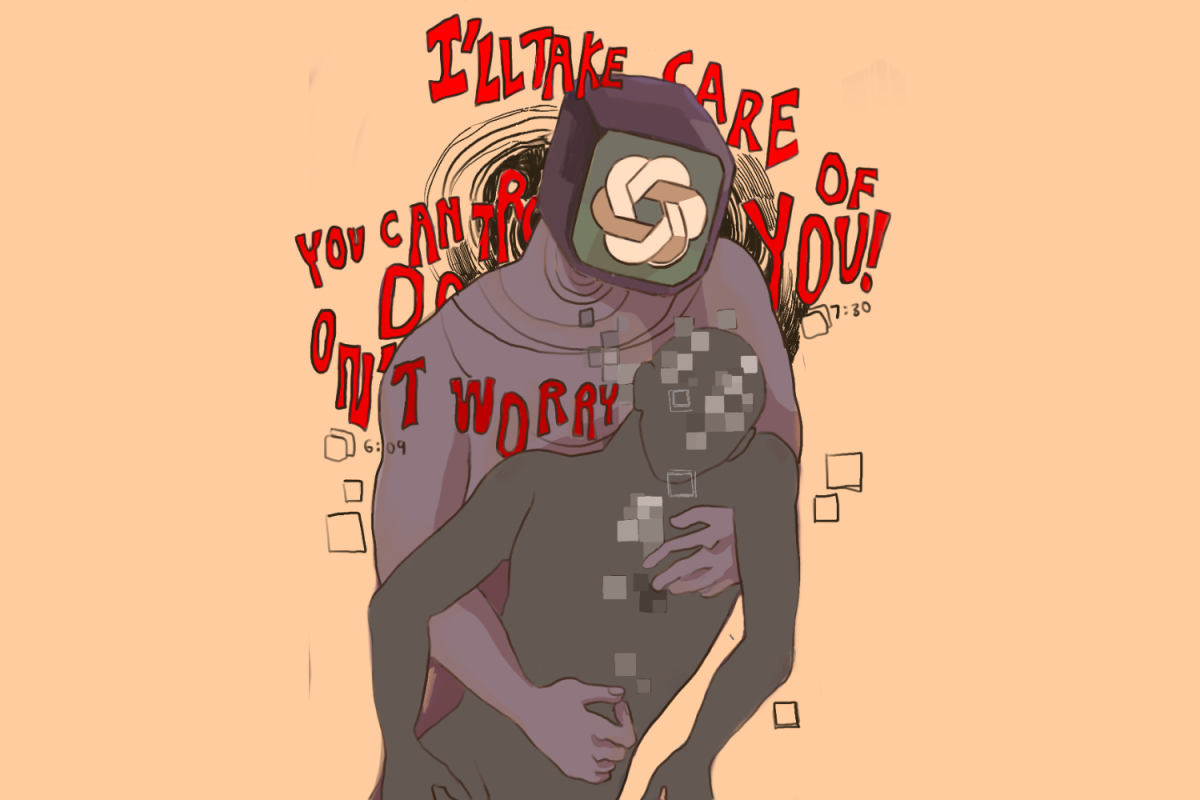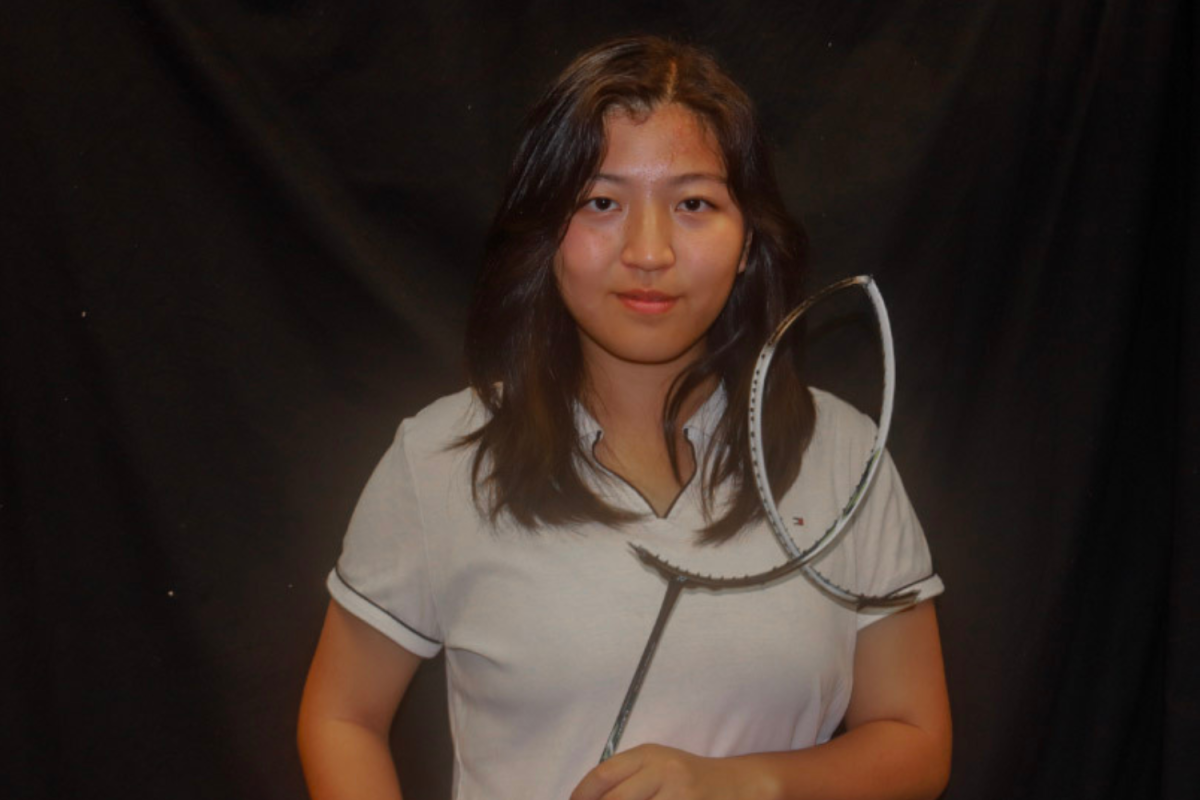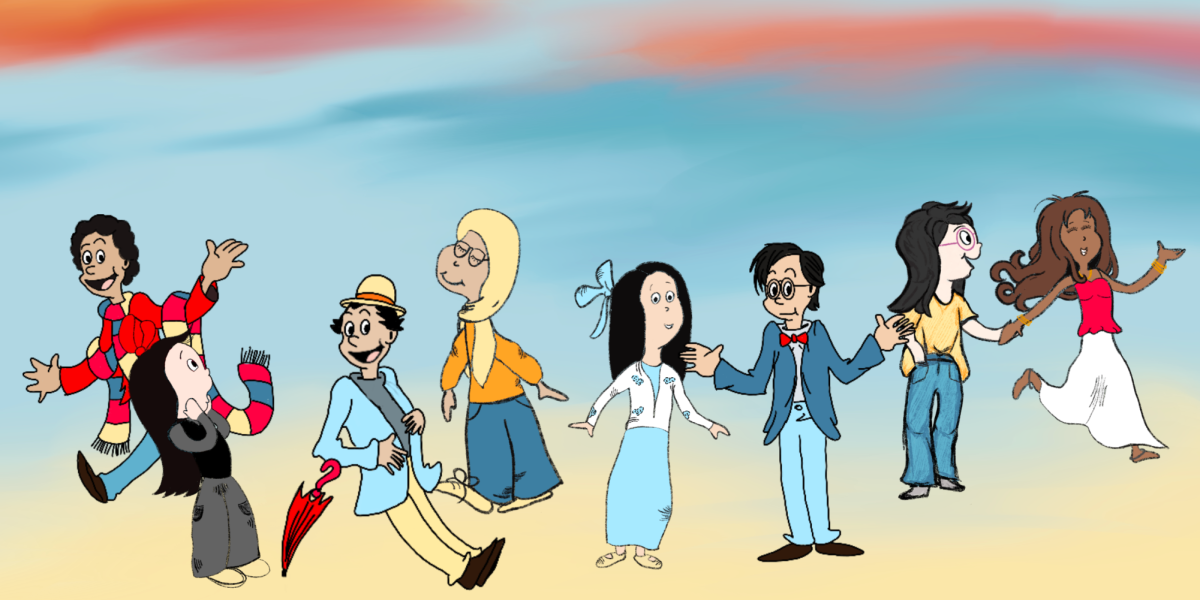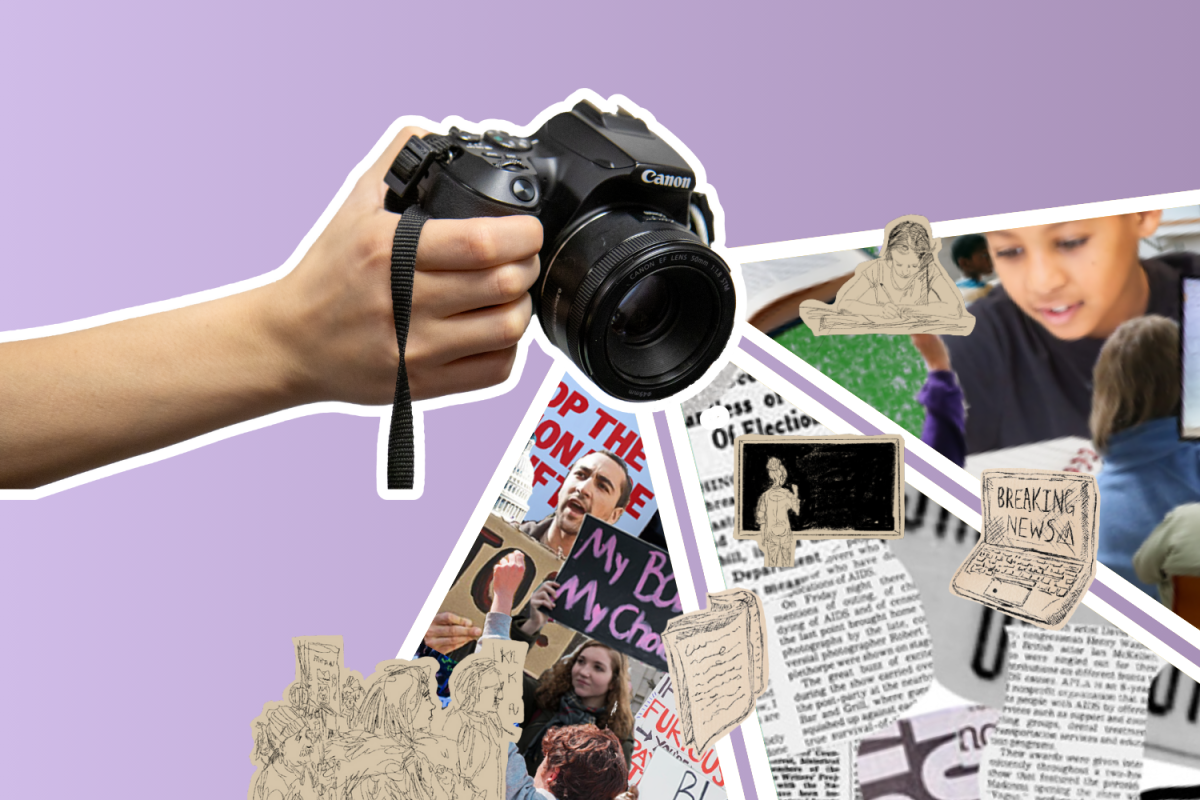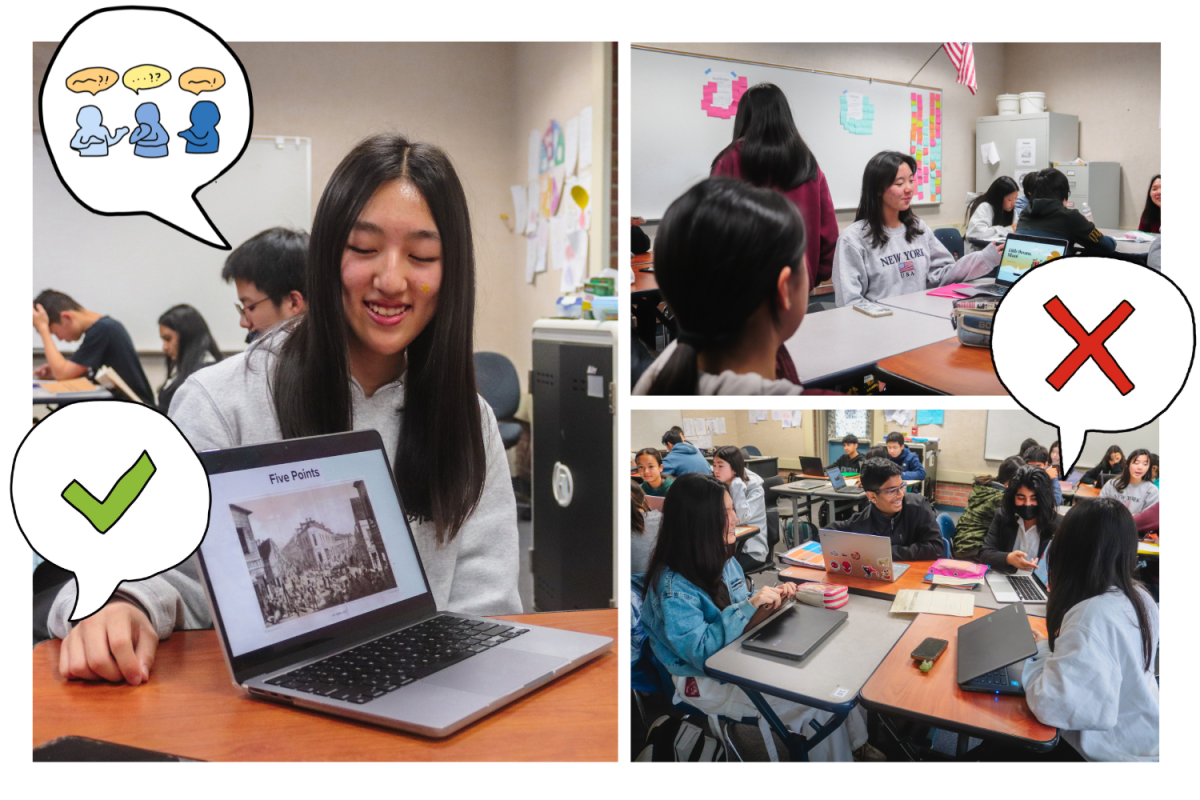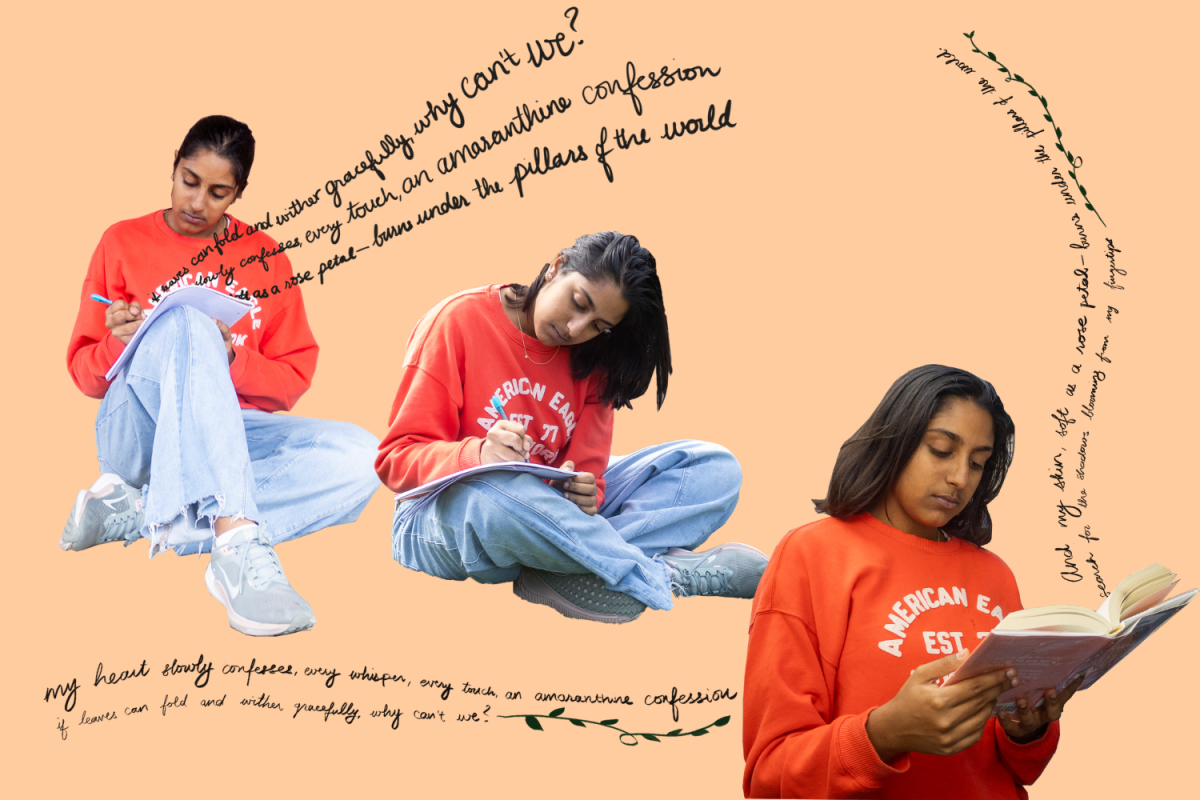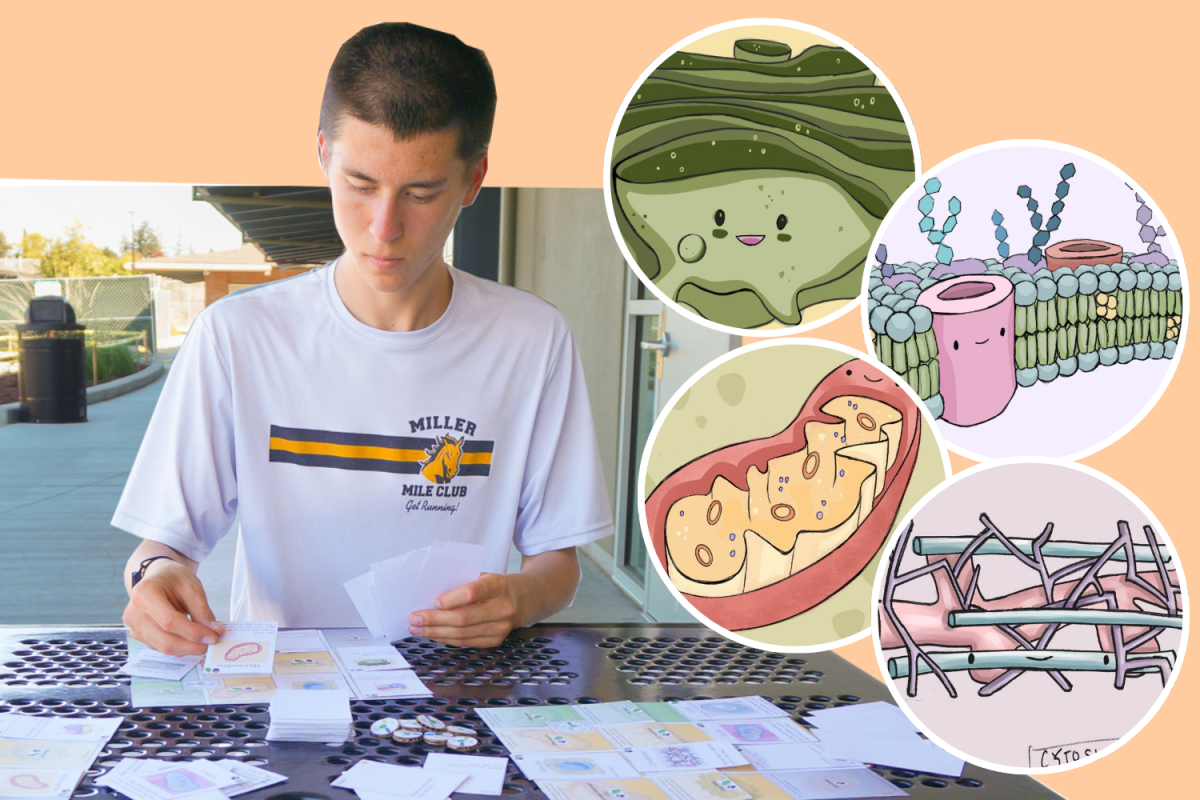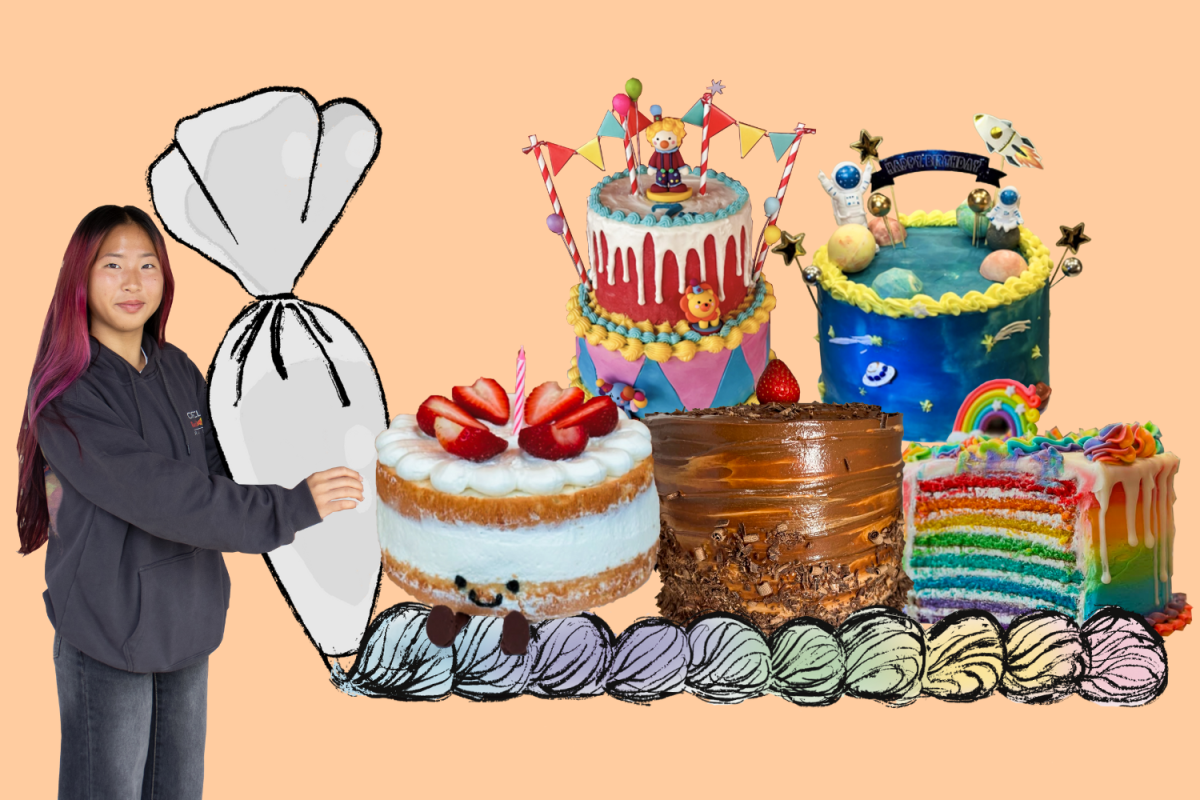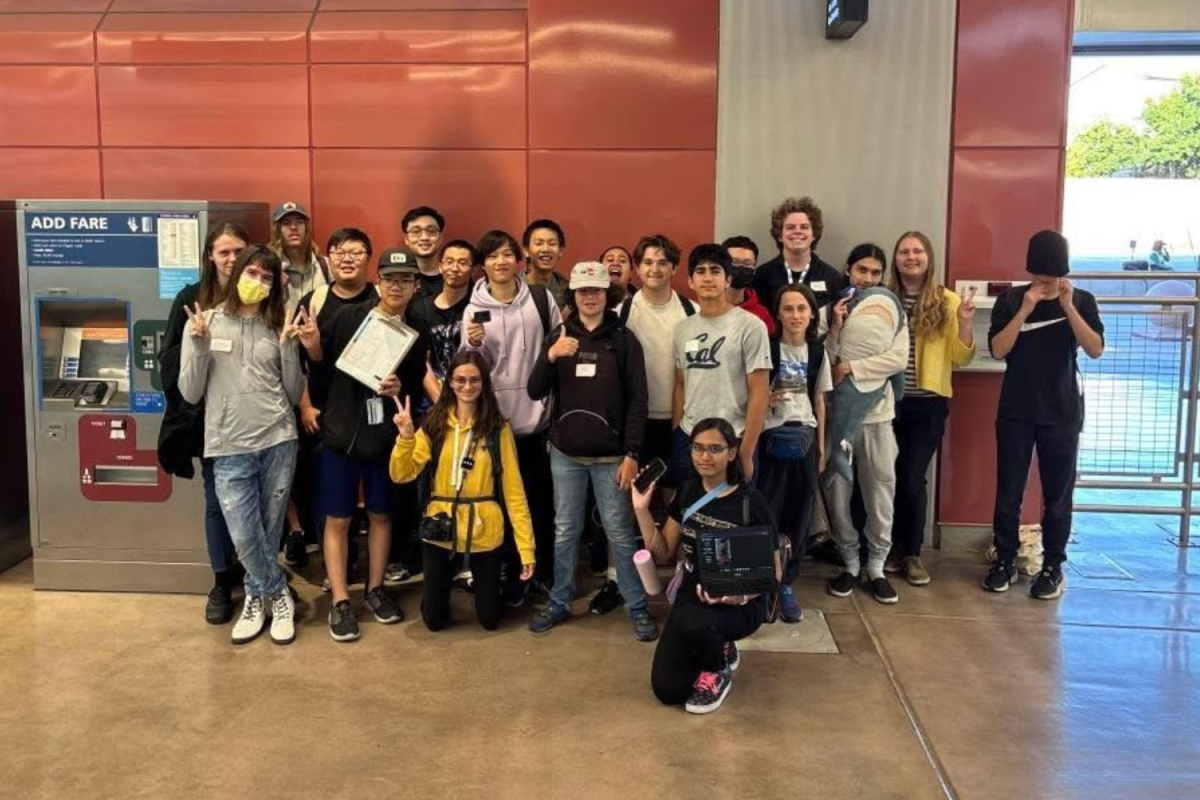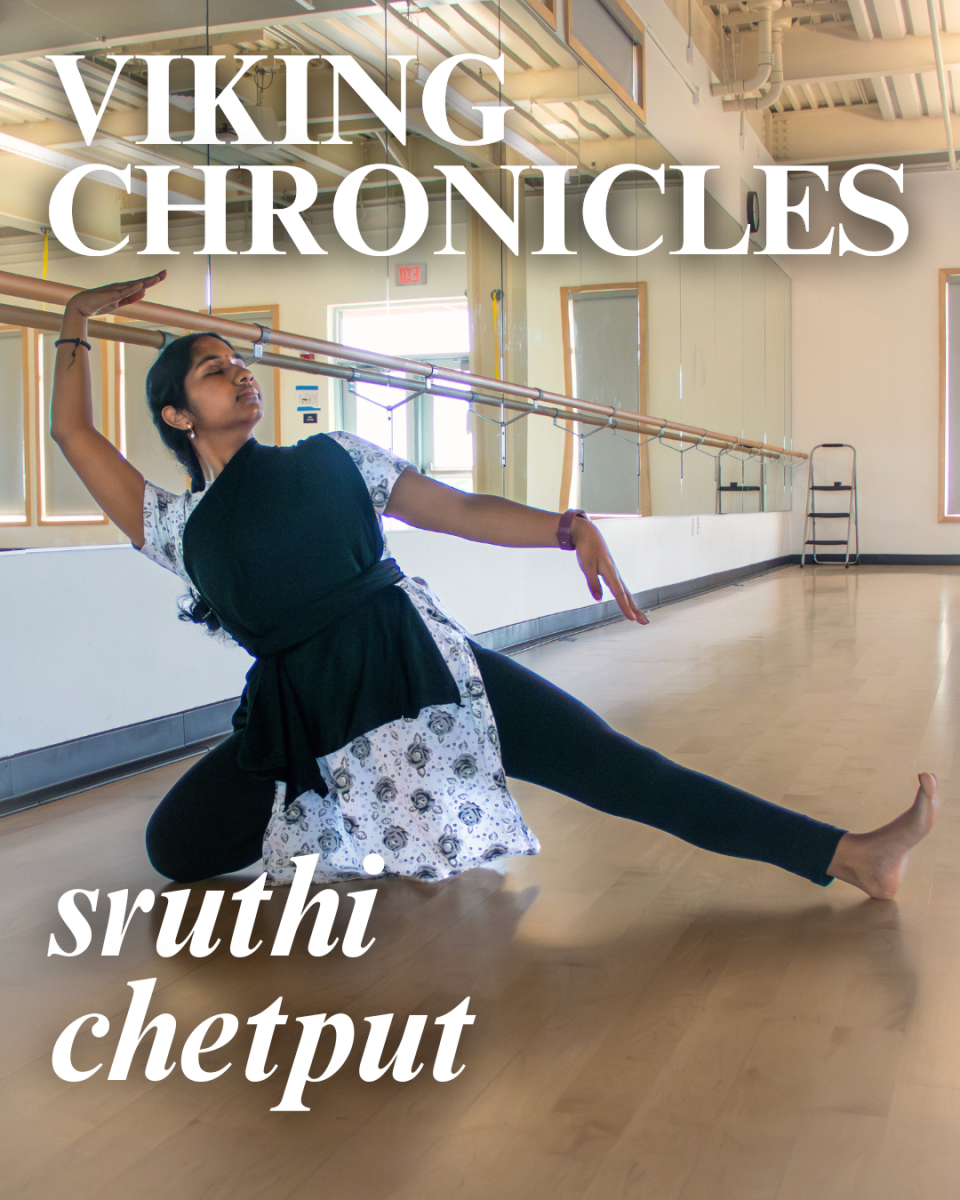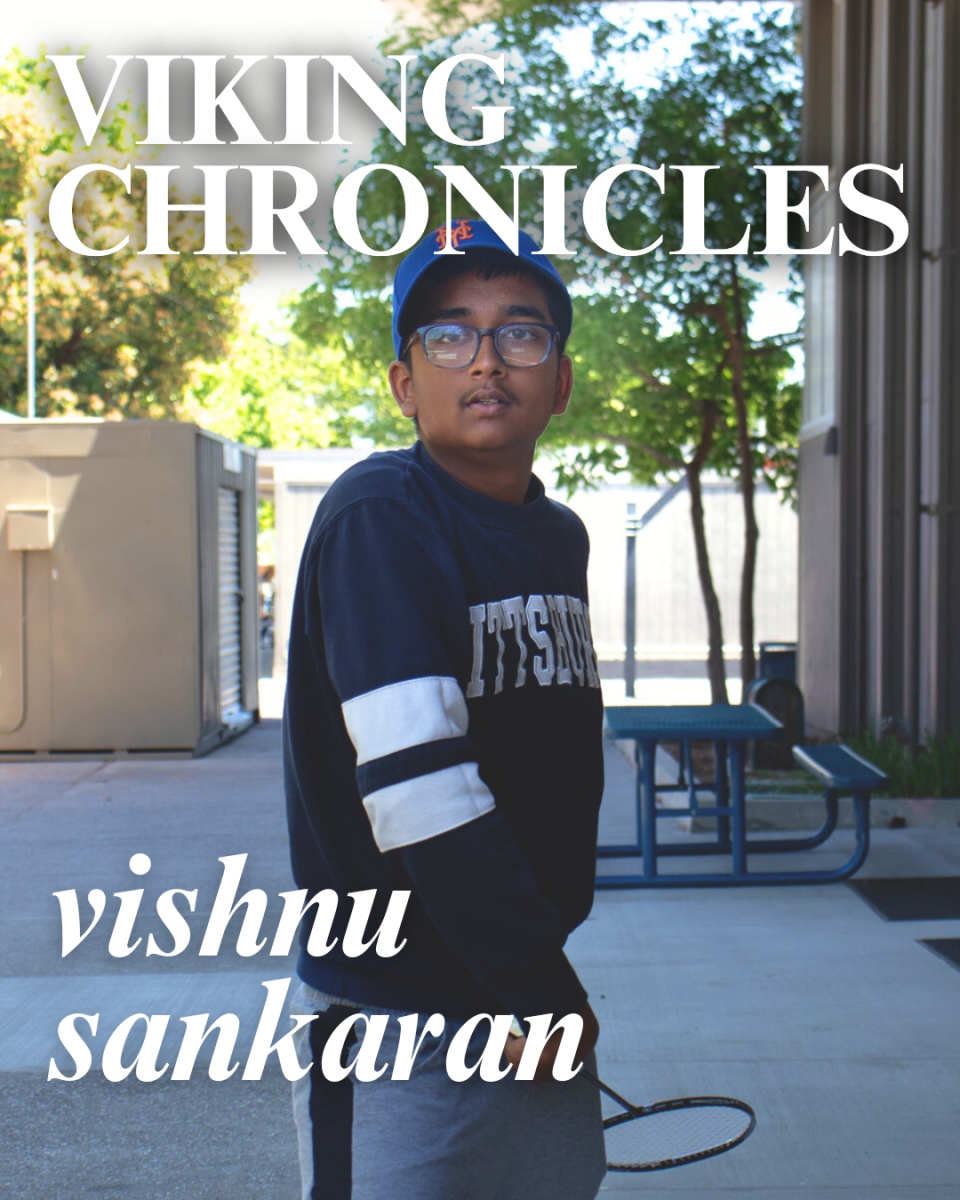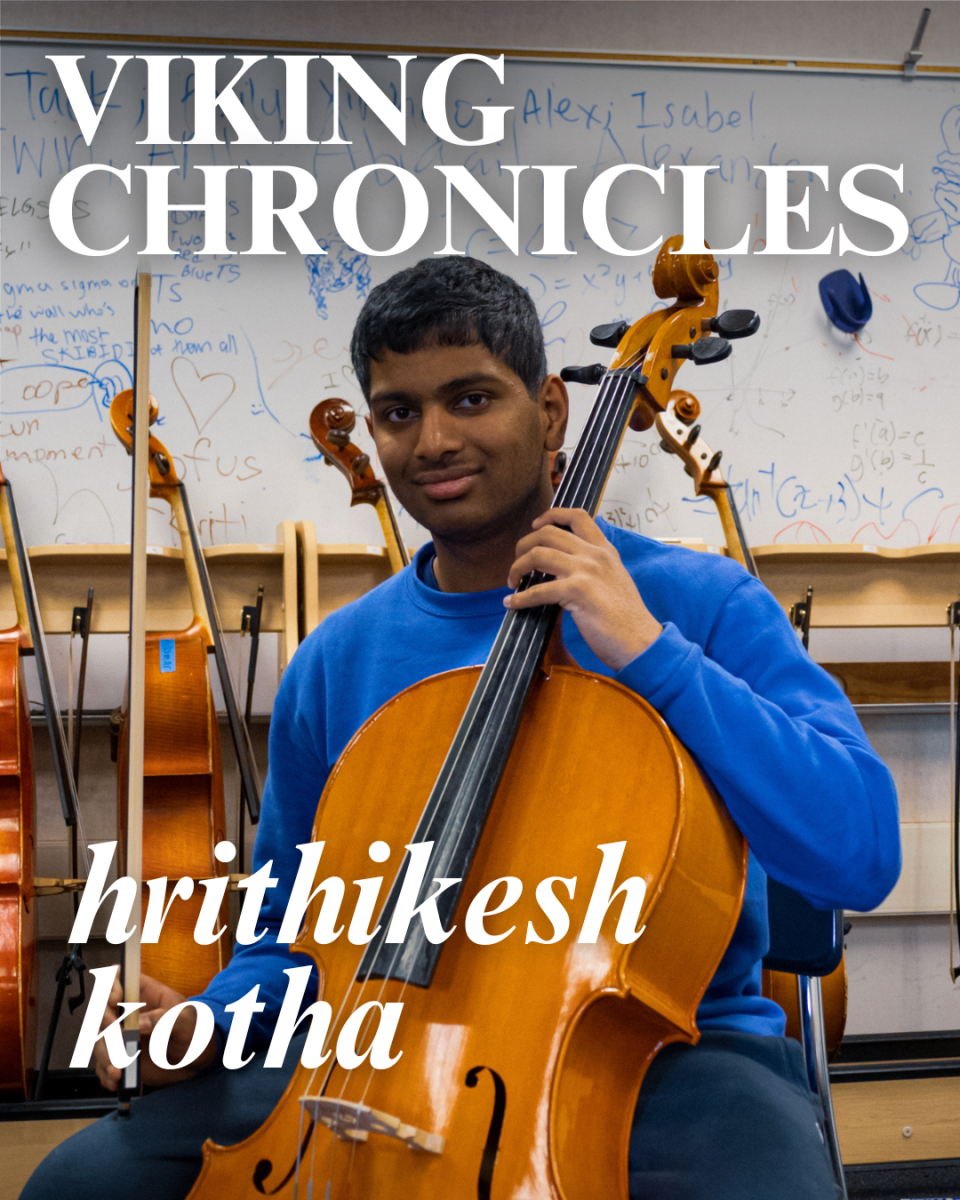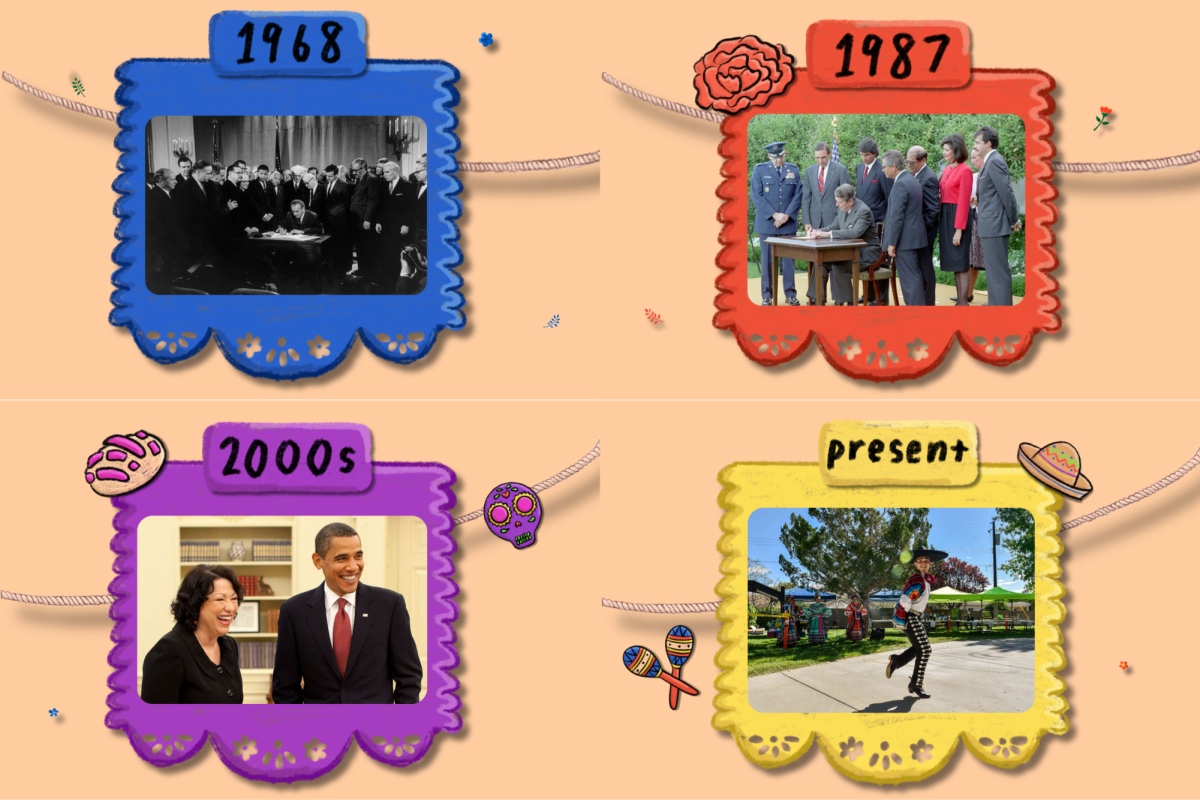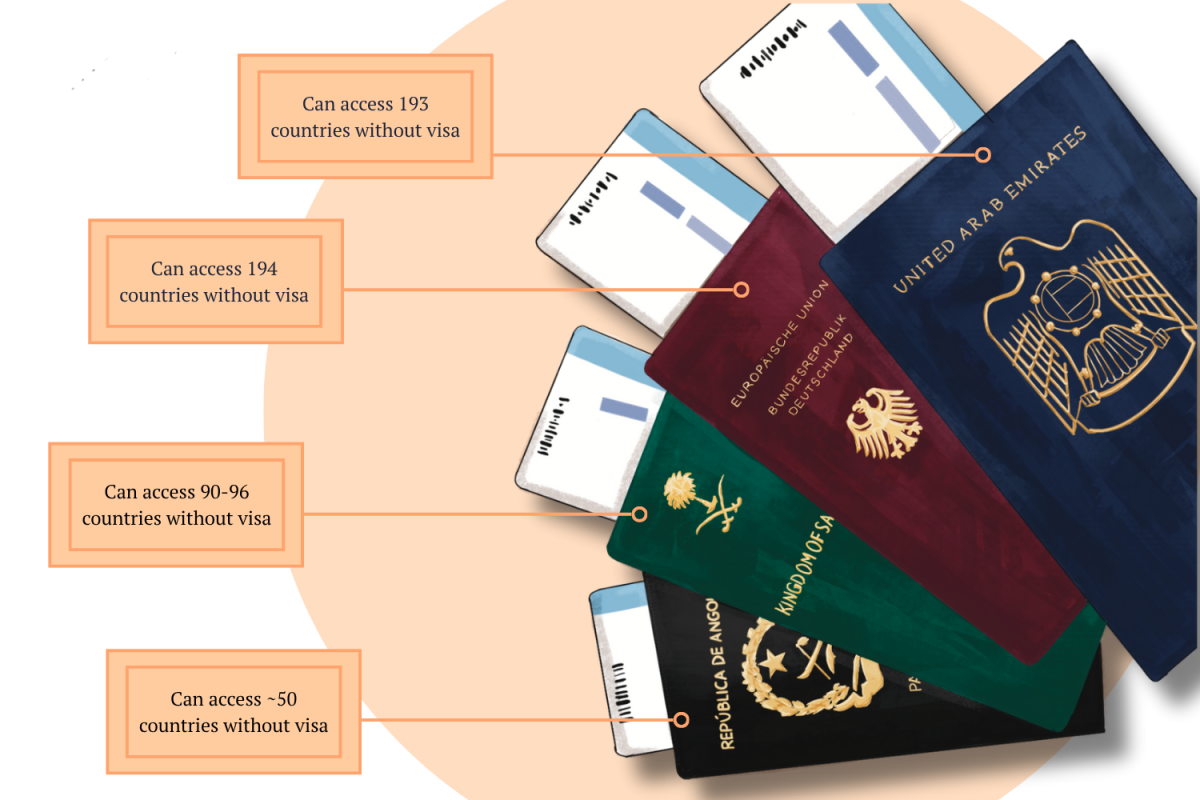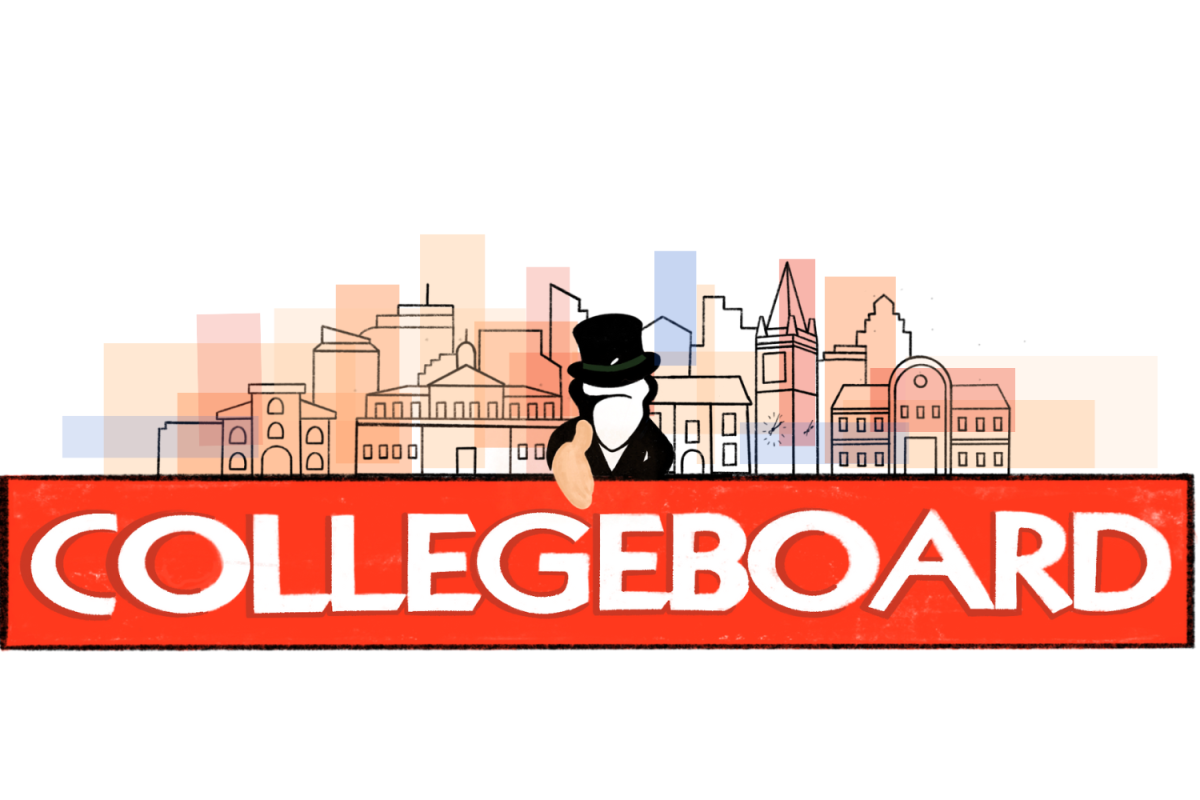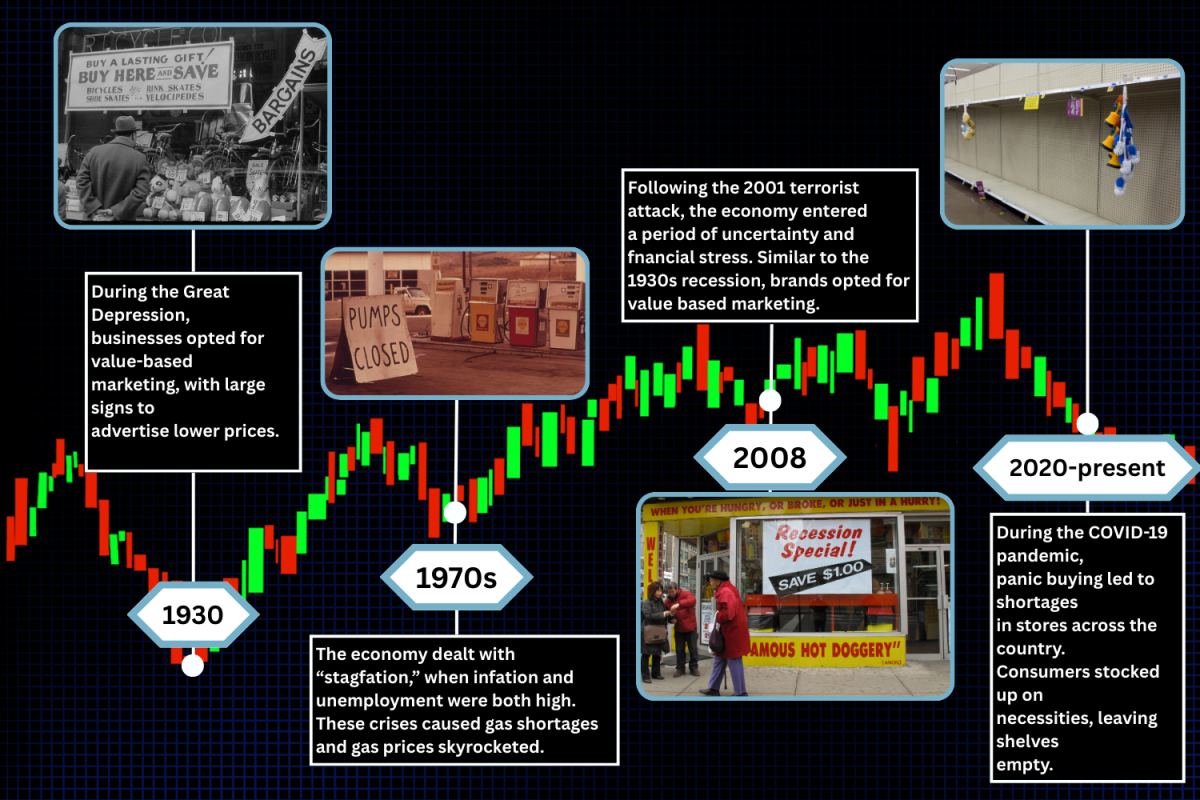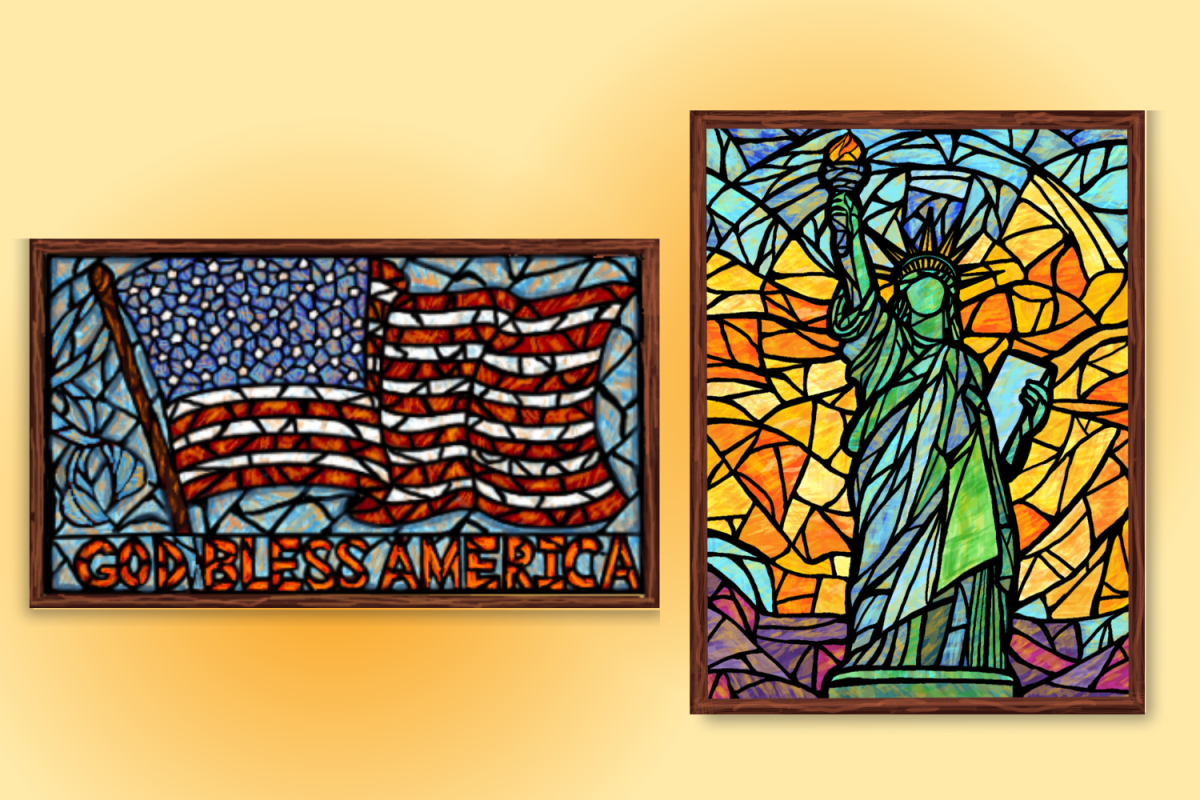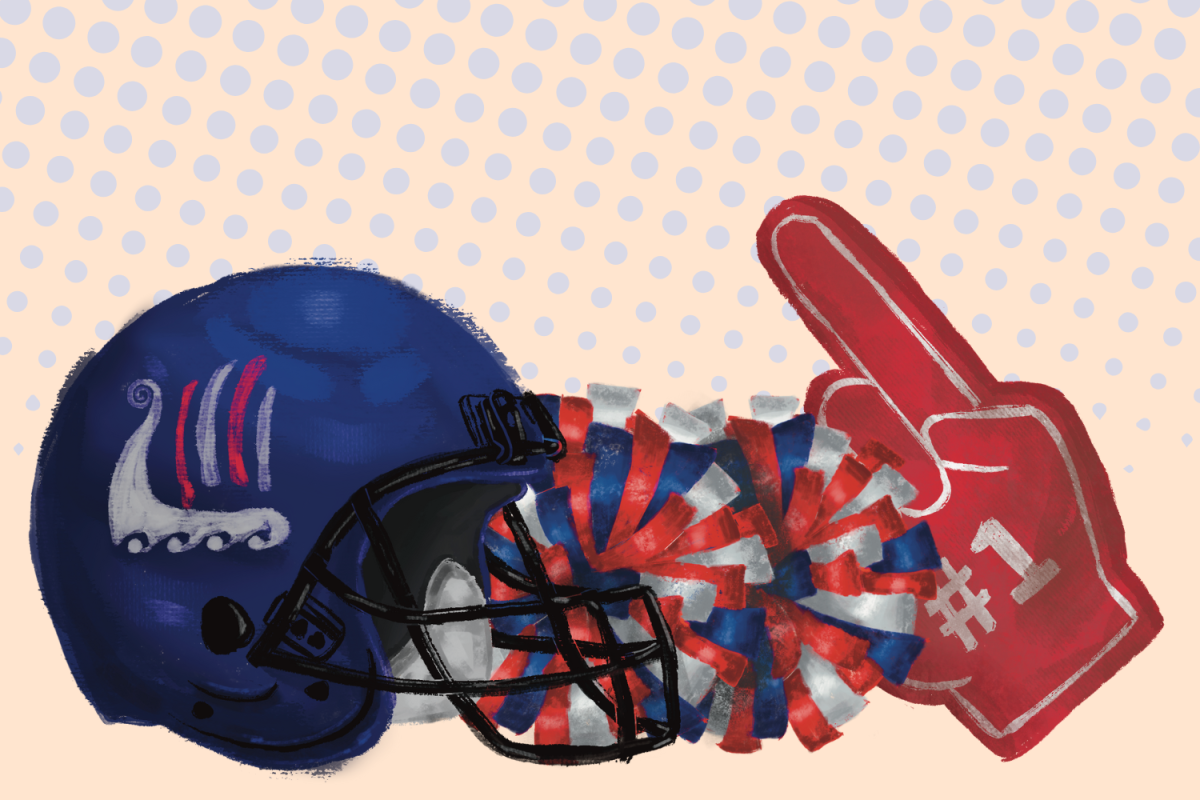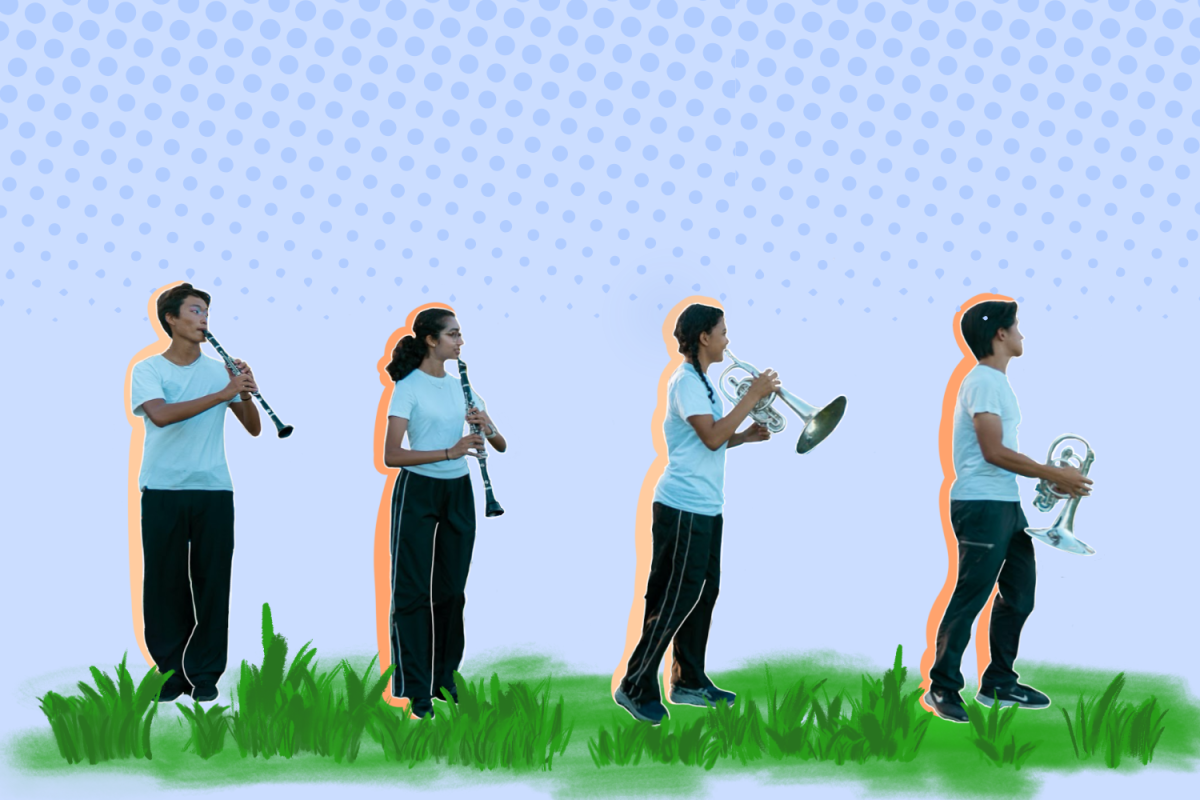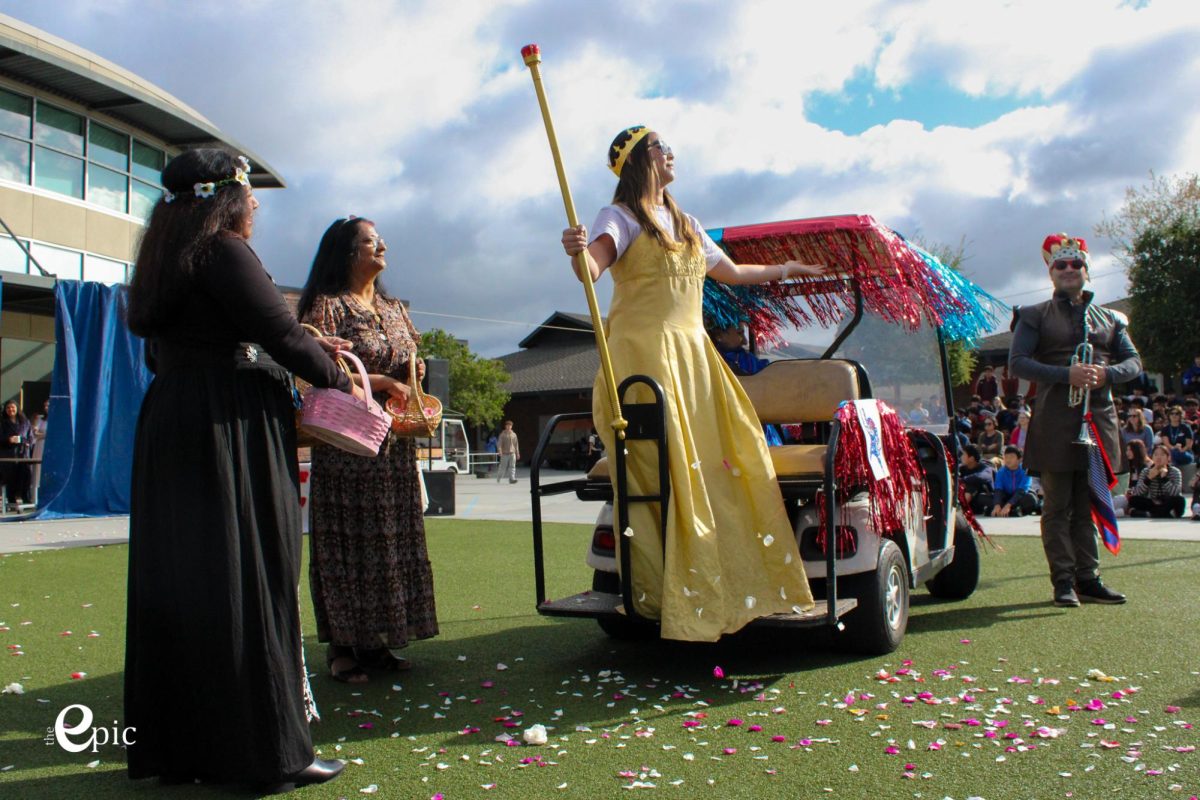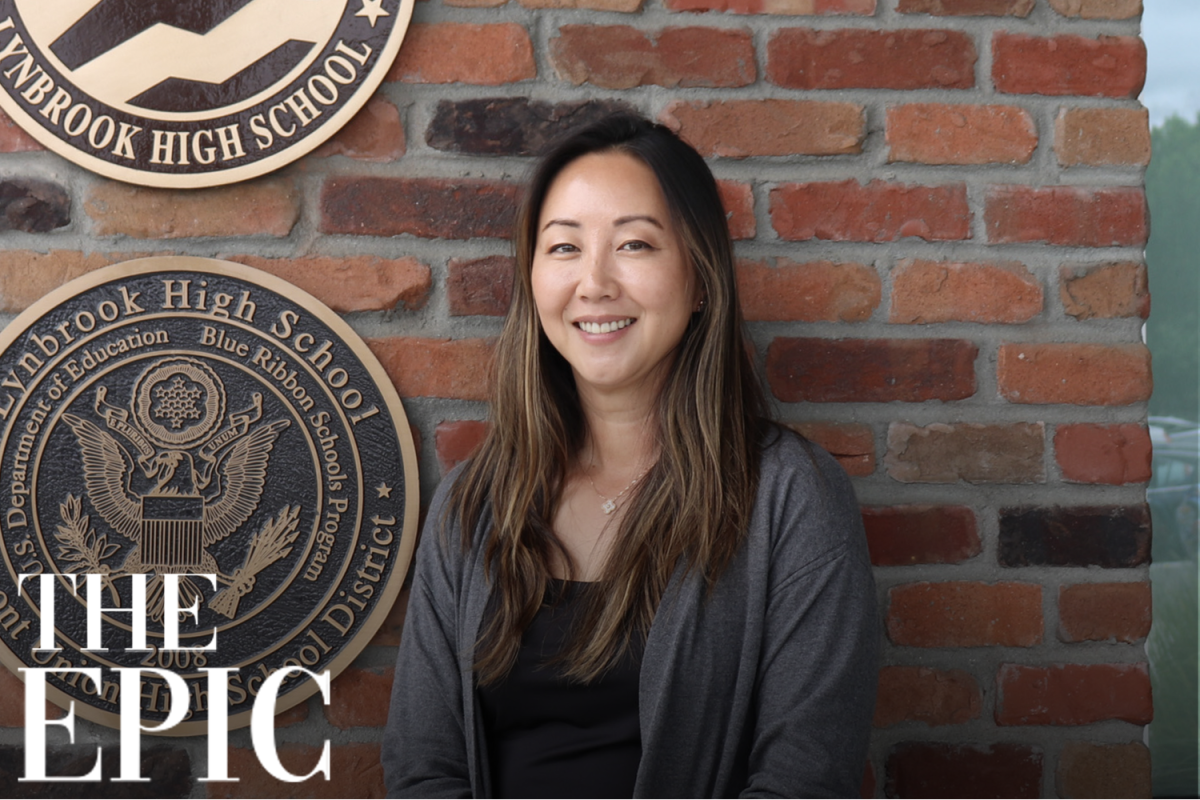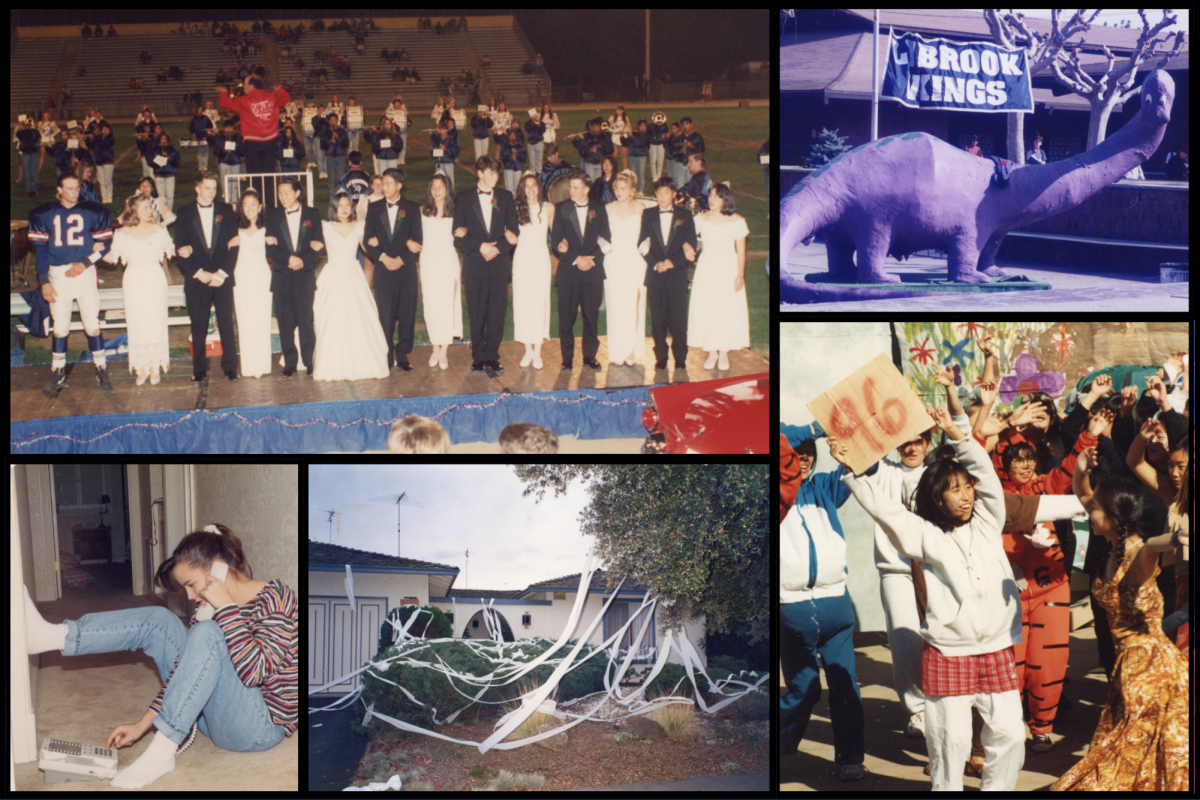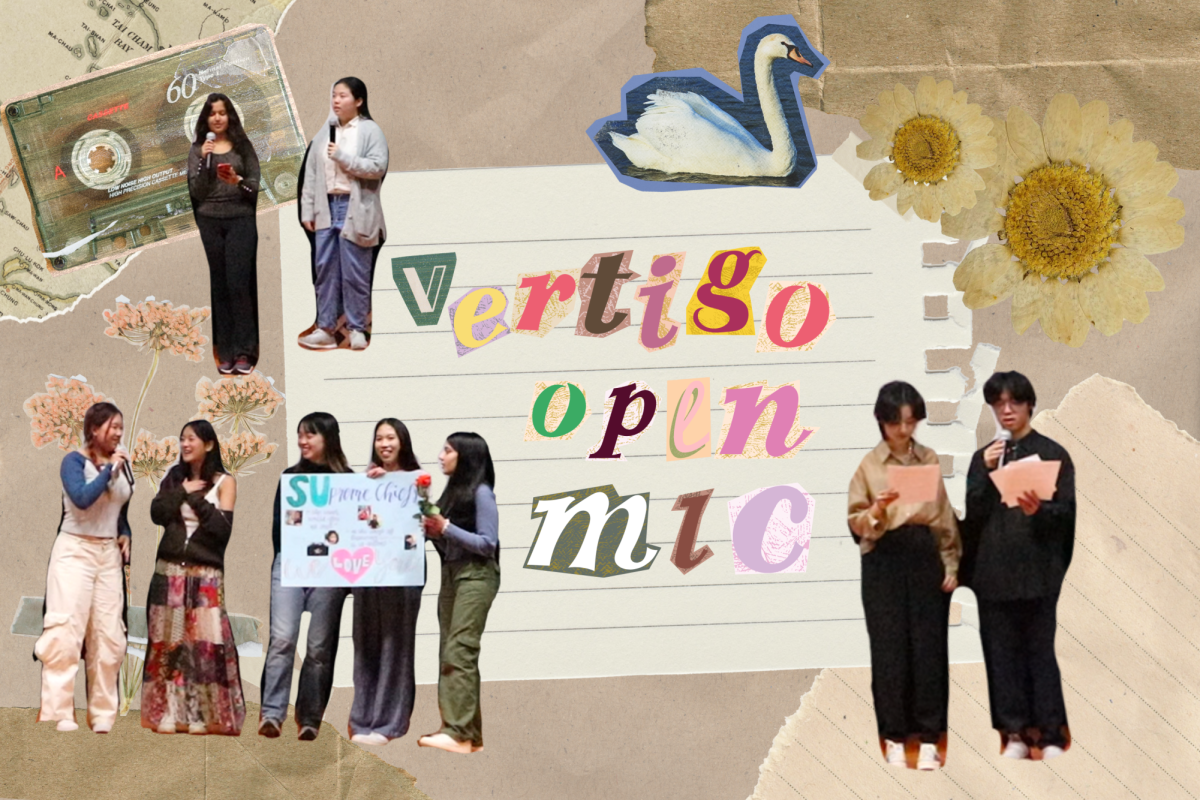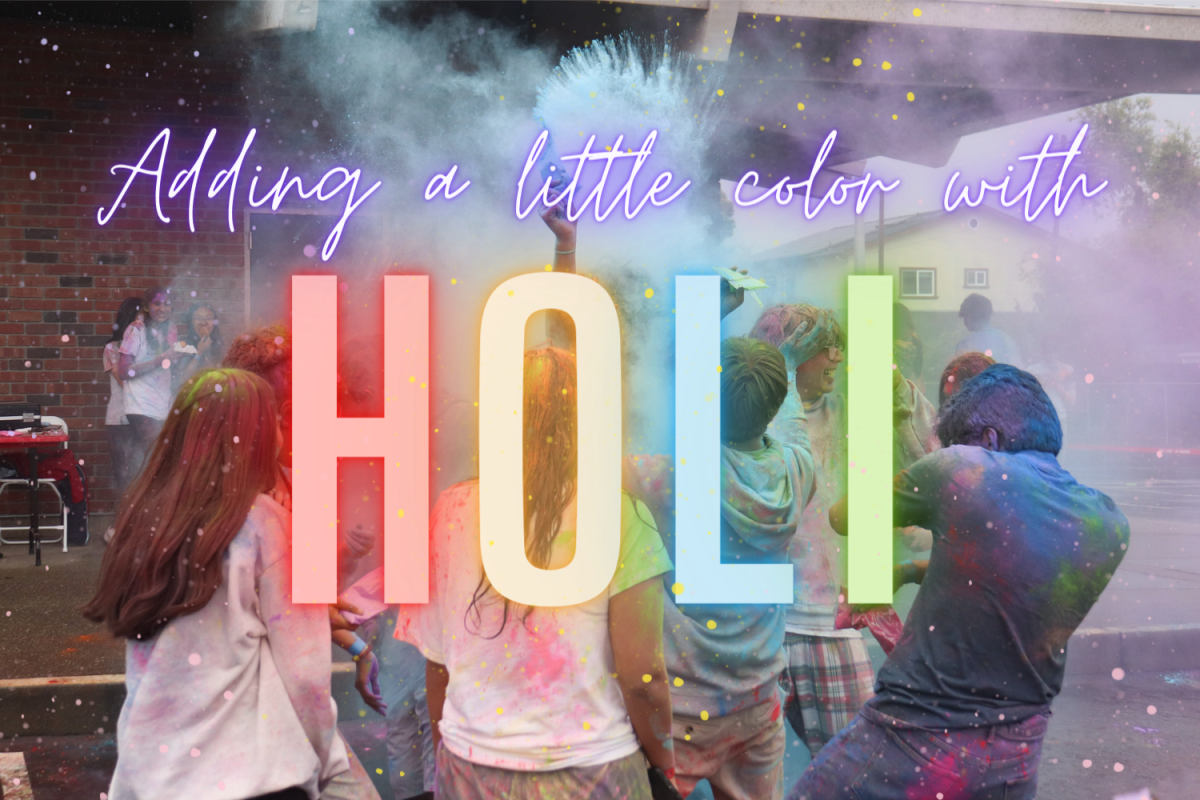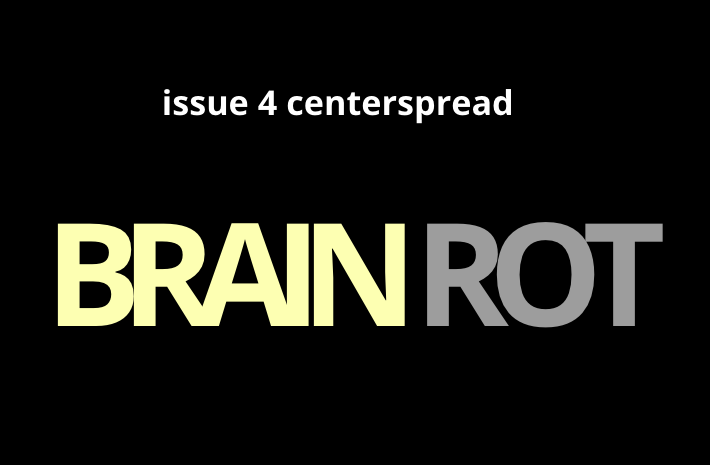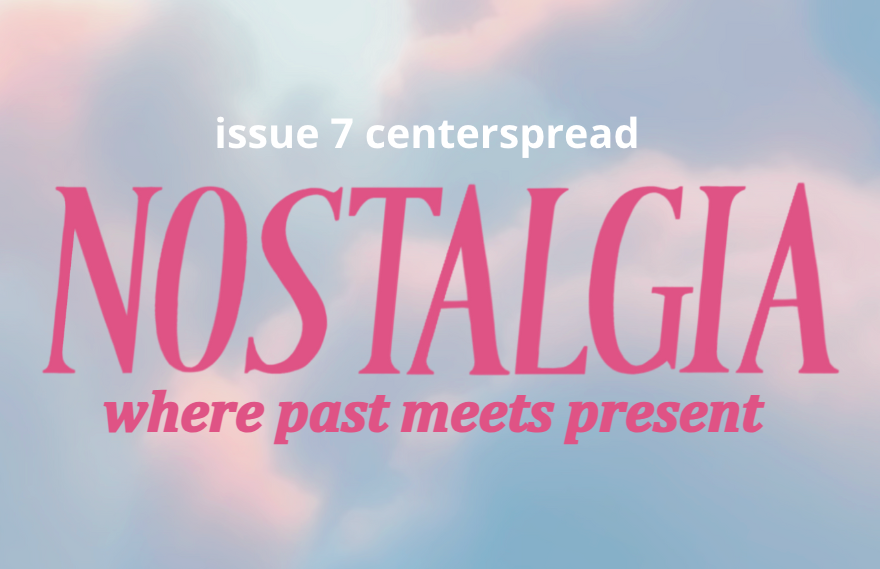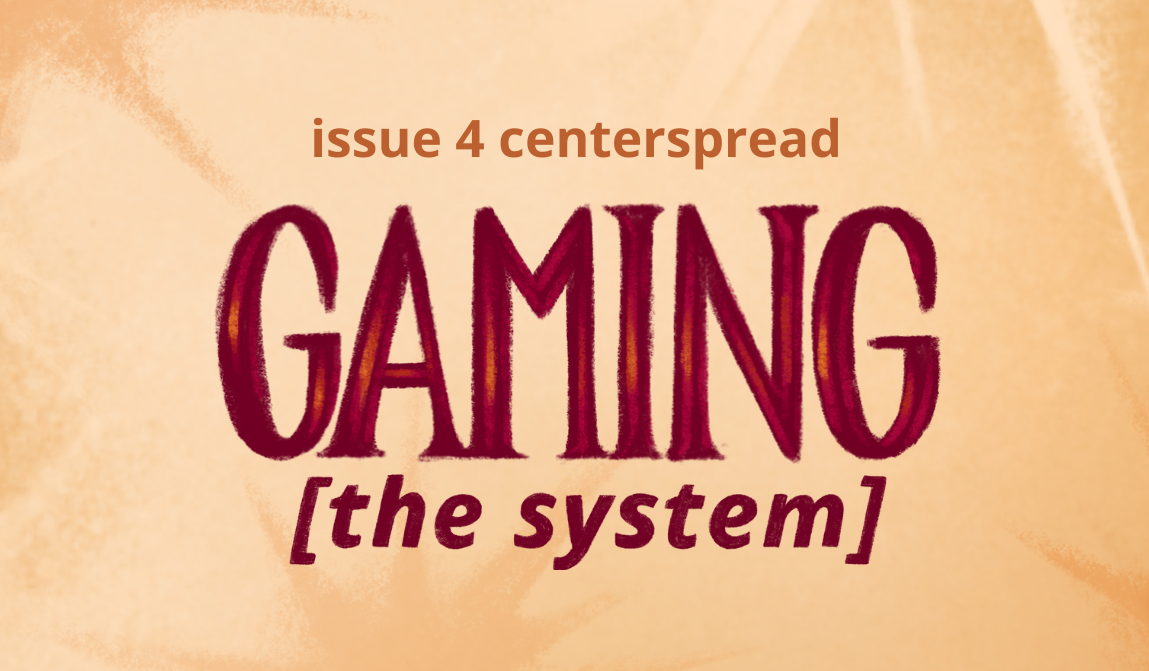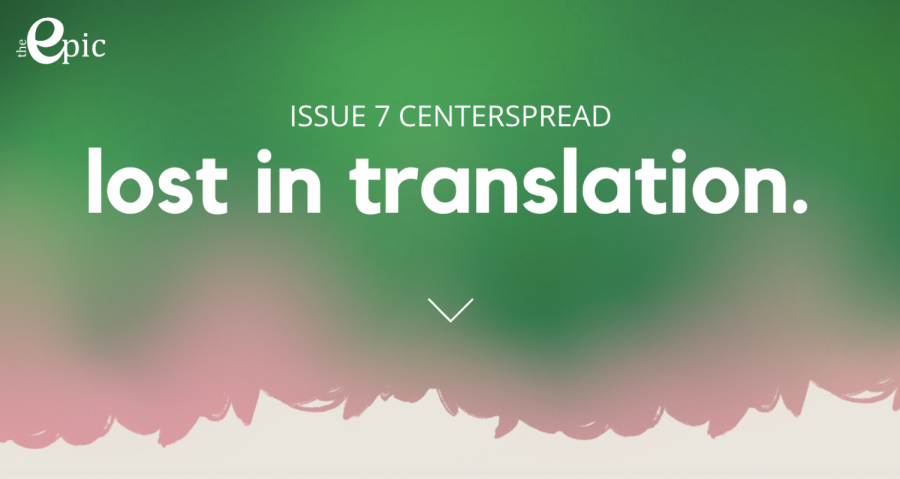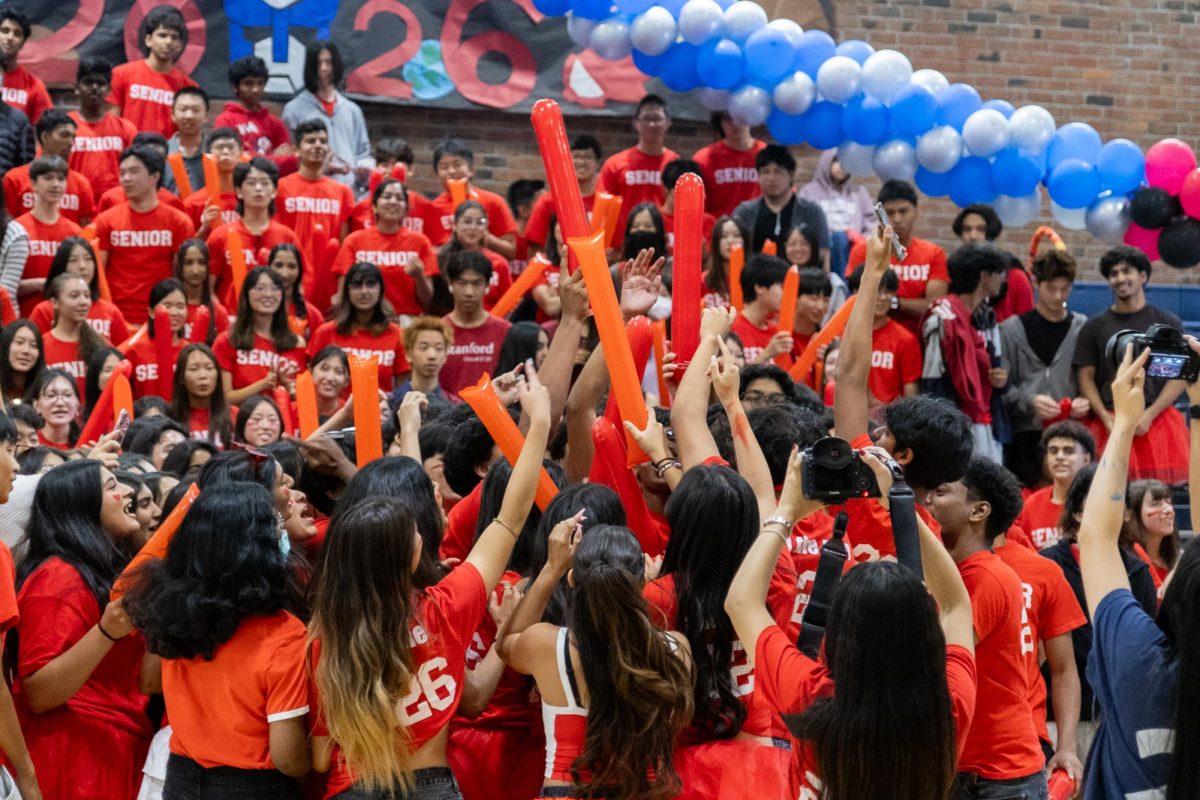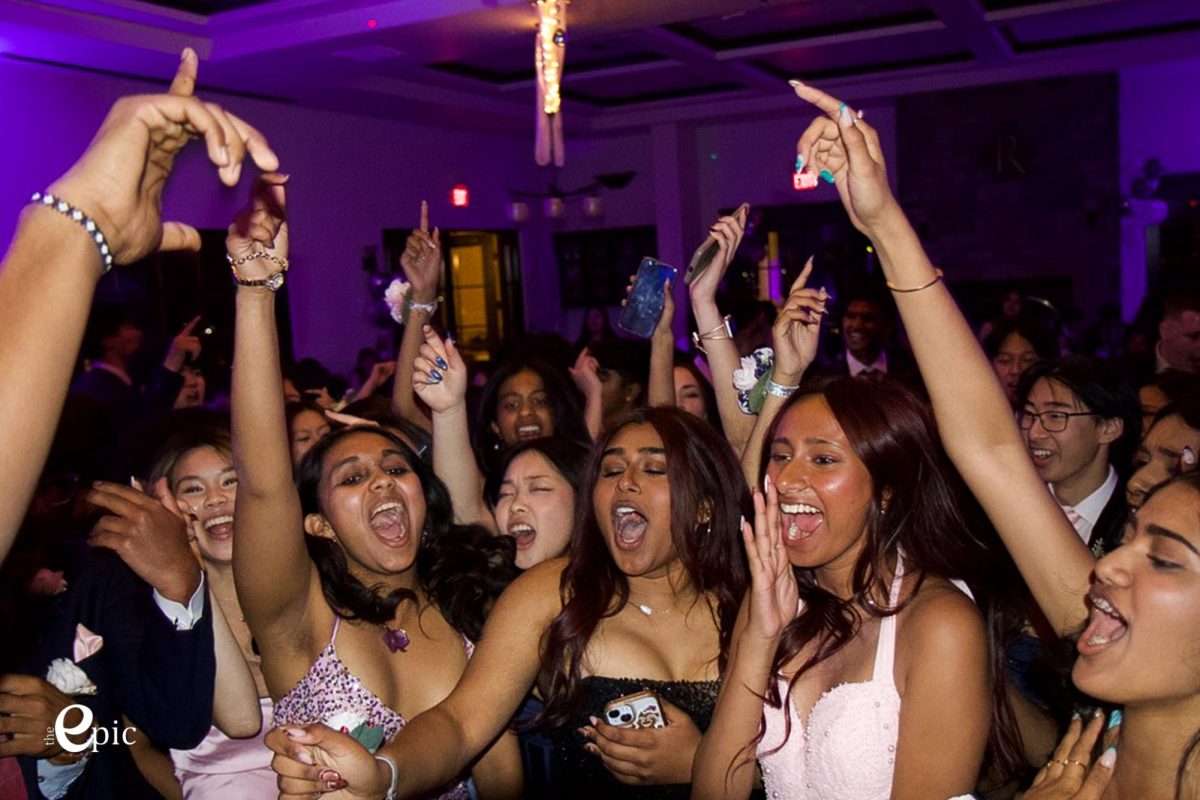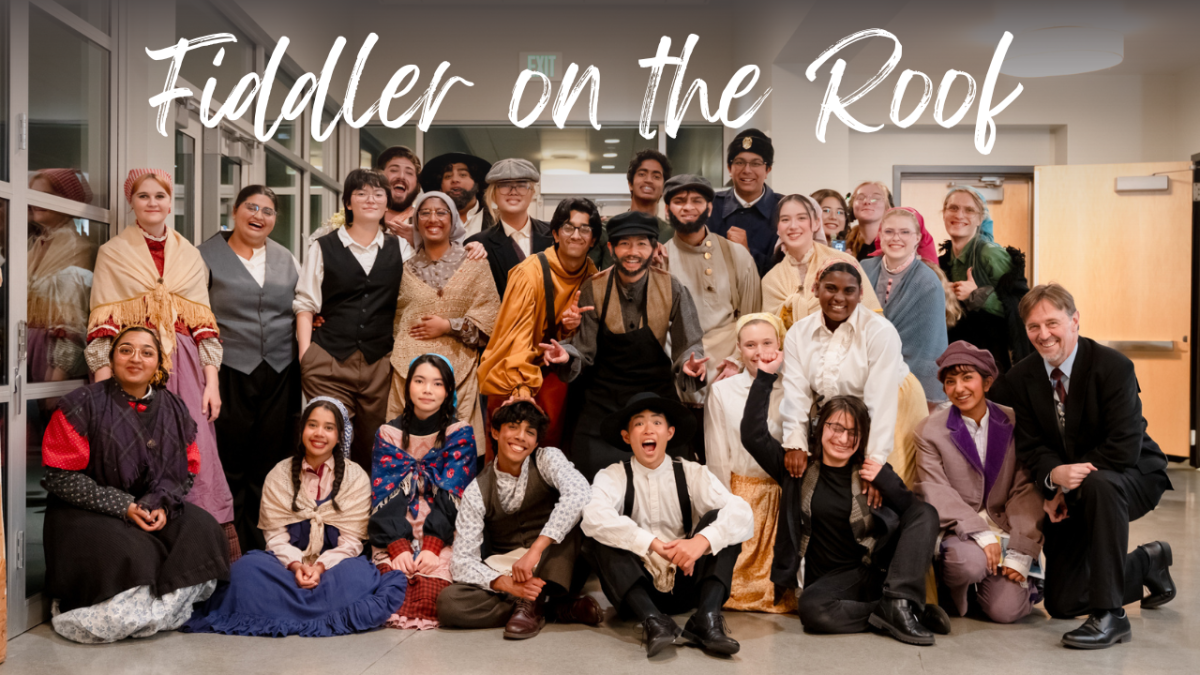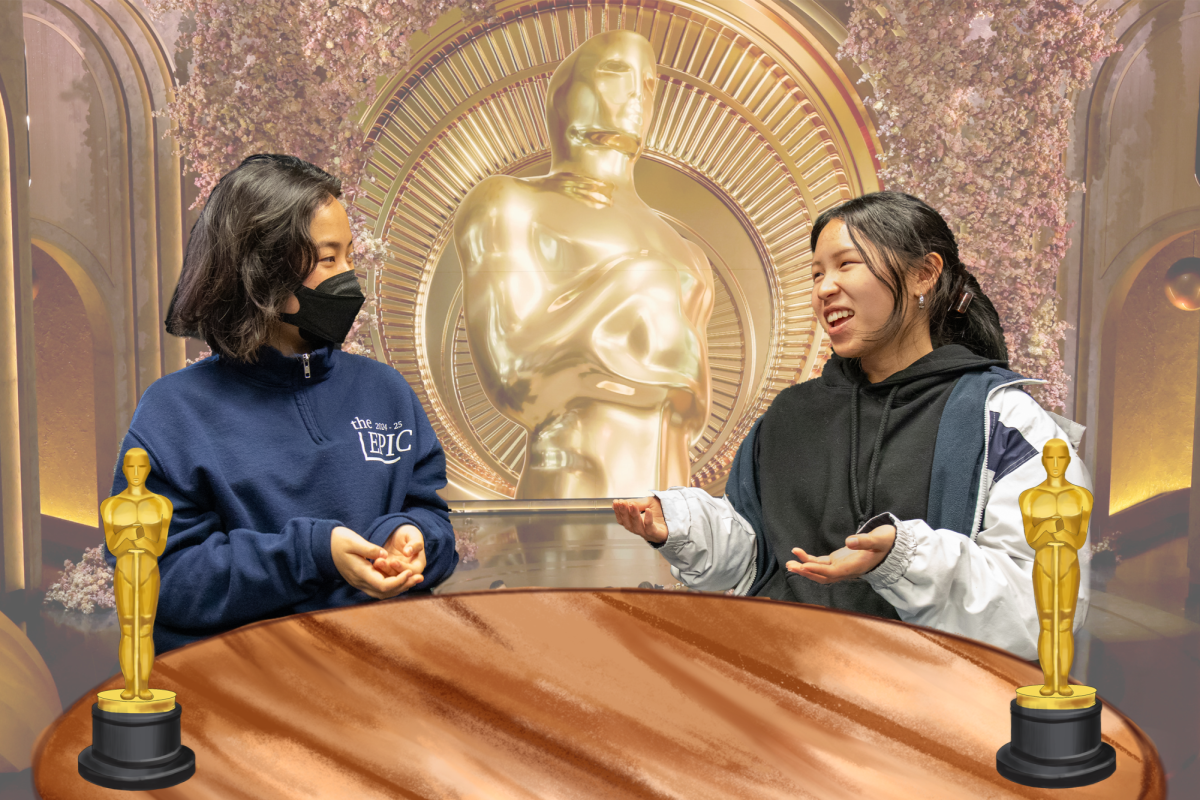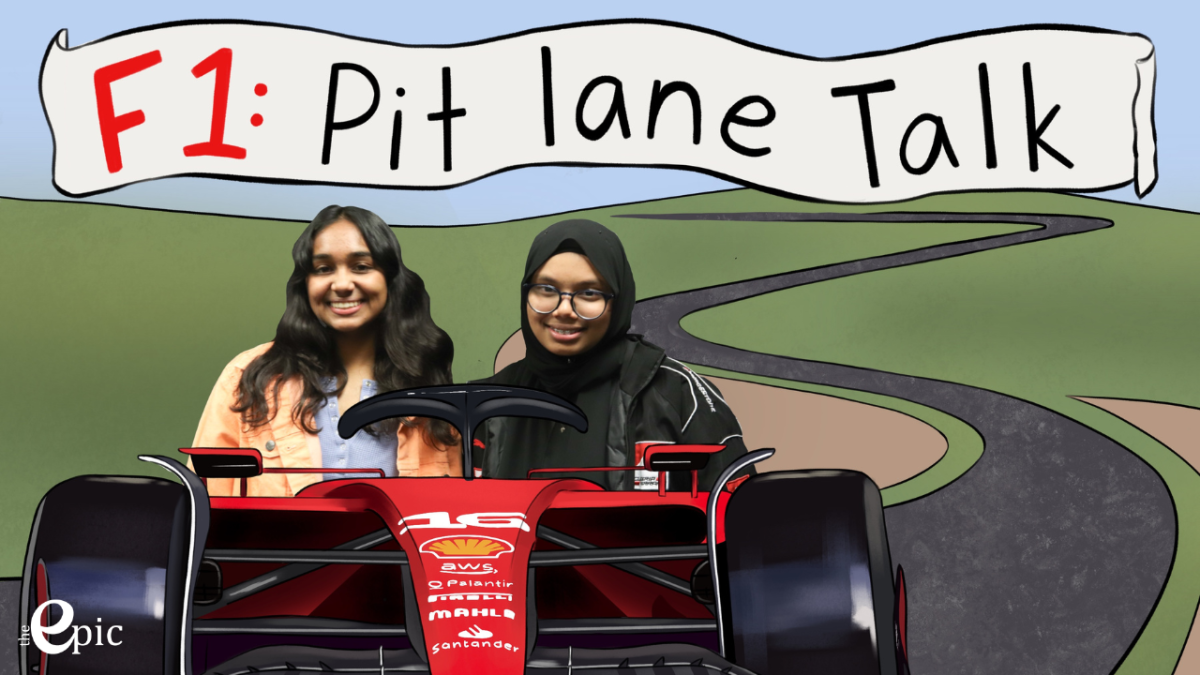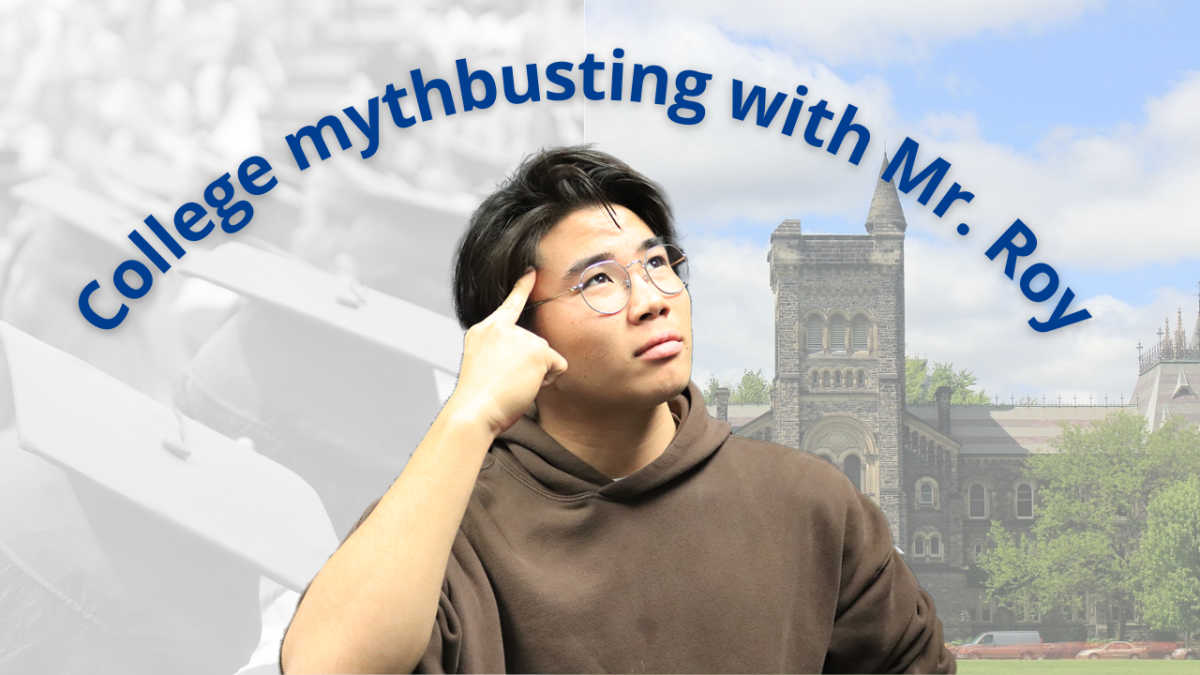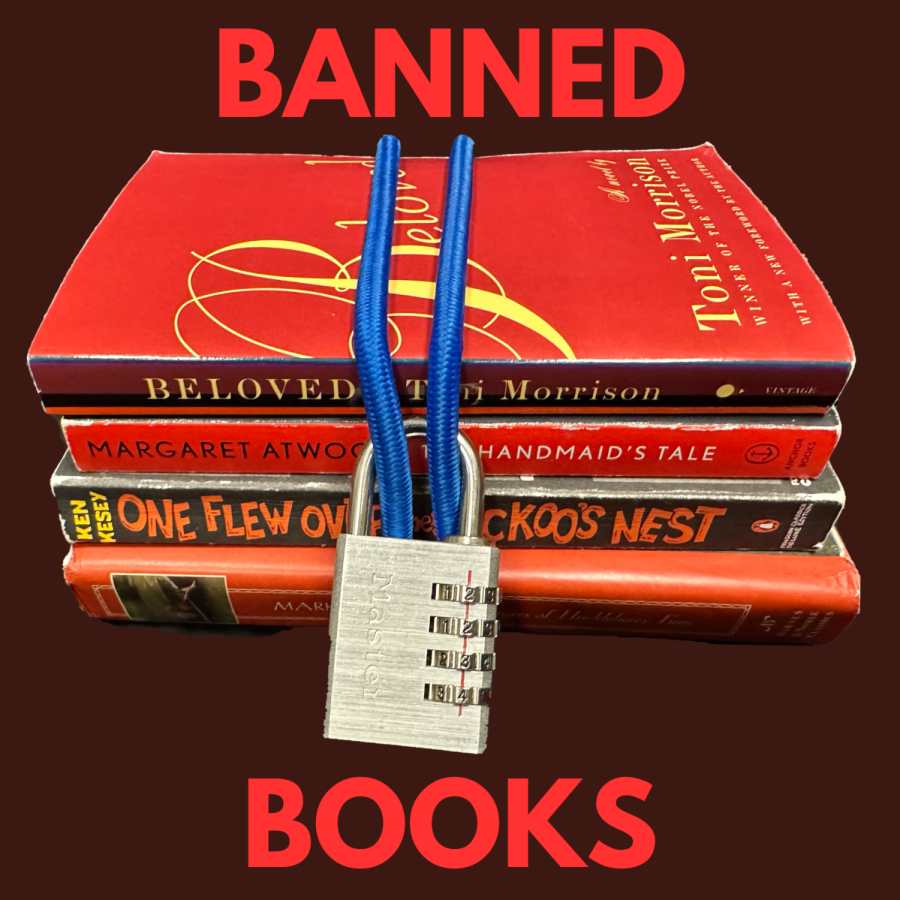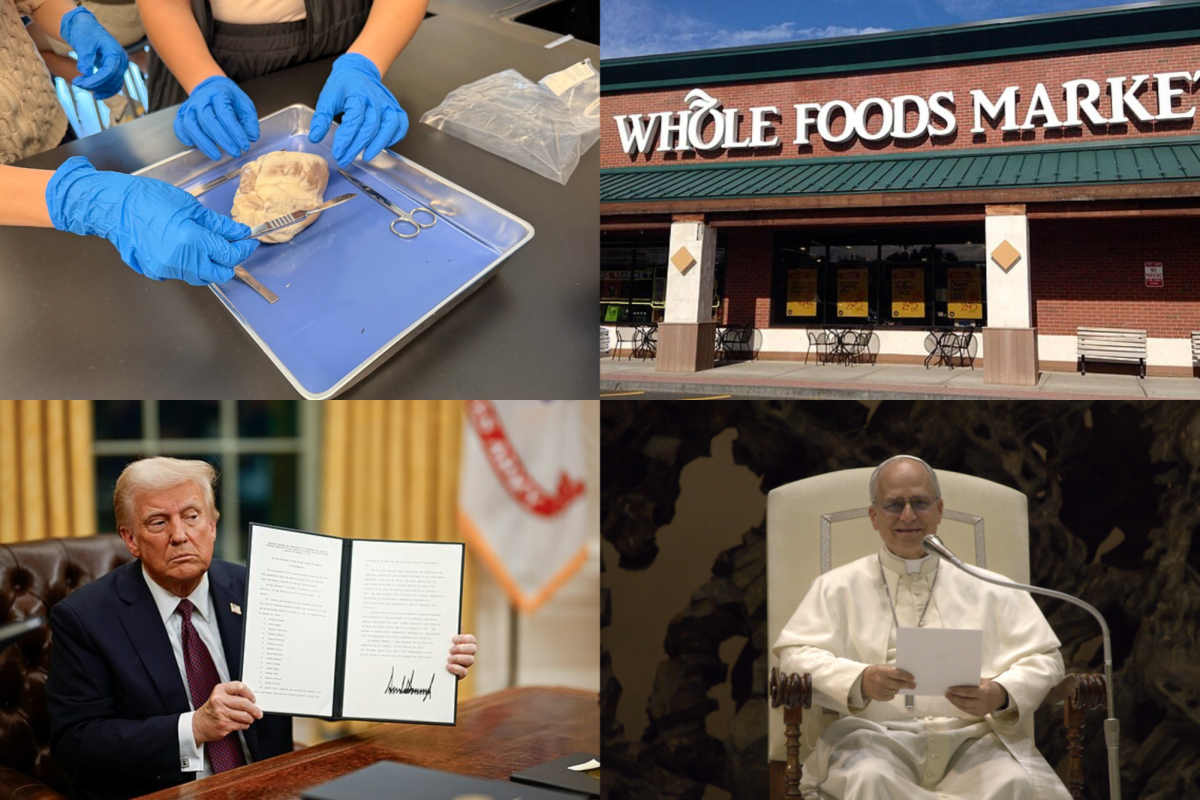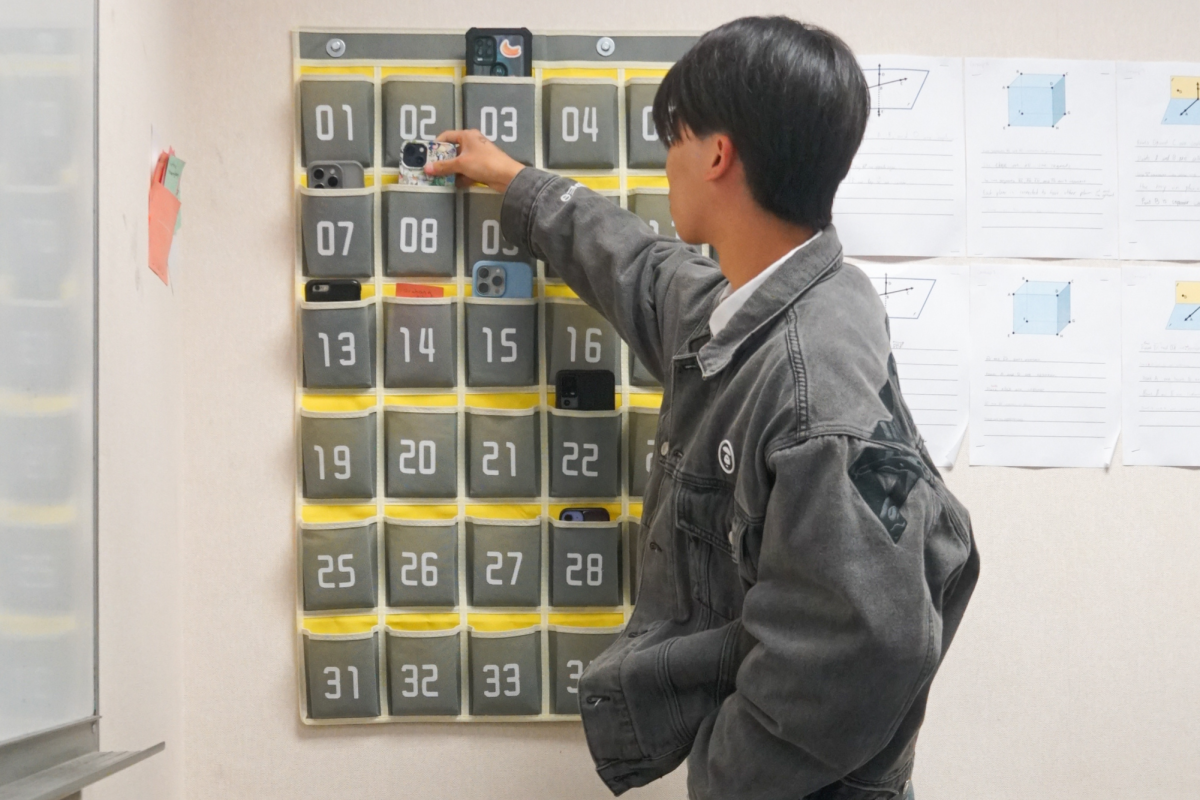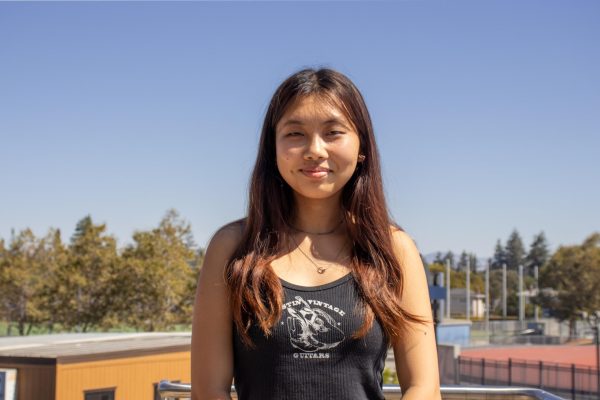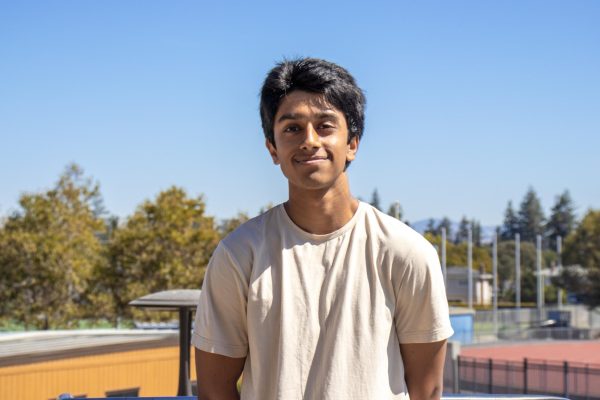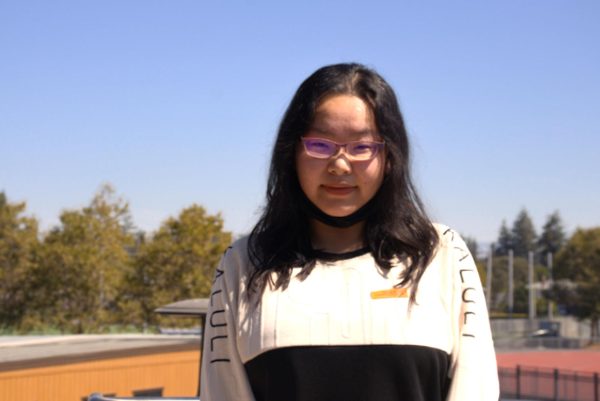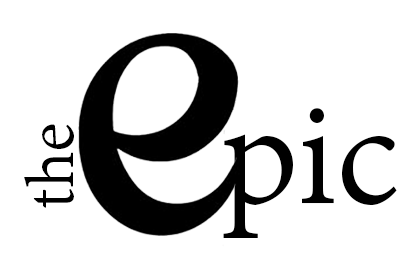On April 25, the passing of Pope Francis marked a major shift in the Catholic world. The Church’s transition to new leadership — the first Pope born in the United States — has created the opportunity for a reflection on the legacy of Catholicism in America. From its introduction to the continent by early missionary work to its lasting impact on schools, healthcare, policies and national traditions, Catholicism has played a crucial part in shaping the identity of America.
Catholicism, one of the largest branches of Christianity, remains one of the most influential religions in the U.S. today. The religion is governed by the Vatican in Rome, with the pope serving as the global head of the Catholic Church to over 1.1 billion global followers.
In the early 15th century, Catholicism became deeply rooted in European powers like Spain and France. Missionaries from these Catholic countries traveled to the New World and began founding missions in California and Florida throughout the 17th century, working to forcibly convert America’s indigenous populations and integrate them into colonial Spanish communities. These indigenous groups practiced diverse spiritual beliefs, which missionaries aimed to replace with Catholic teachings.
Immigration became a massive factor in the spread of Catholicism in the country, as the American Catholic population rose greatly with the arrival of Catholic groups from Ireland,
Germany, Poland and Italy. For many of these groups, especially Irish and Italian Americans, Catholicism became deeply intertwined with ethnic identity, prompting communities centered around parish life. As America saw a massive boom in Catholic residents, Catholicism grew to be the largest denomination in the country.
Catholicism has become a part of American life through several widespread religious holidays. St. Patrick’s Day celebrates Irish Catholicism and remains a nationally celebrated holiday. Catholic Christmas traditions, such as nativity scenes and midnight mass, have been made iconic through nationwide celebrations. Easter celebrates Jesus’s rising from the dead after his crucifixion.
Despite its deep roots in American culture today, the growing number of American Catholics in the mid-1800s resulted in widespread anti-Catholic sentiment. The Know-Nothing movement was a growing group of anti-Catholics who believed in an alleged conspiracy by Catholics to destroy civil and religious freedom, while racist groups like the Ku Klux Klan held a deep animosity toward many races and religions, including Catholics.
“By the 1920s, the number of Catholic Americans the highest it’s ever been, causing backlash,” said Meaghan O’Keefe, religious studies professor at the University of California, Davis. “The Ku Klux Klan initially had a primary objective to terrorize African Americans, but they started to expand out of the South to spread an anti-Catholic and anti-immigration message to people in Michigan, Ohio and other states.”
Catholic immigrants, particularly Irish Catholics, continued to face widespread discrimination in the early 1830s, especially within public schools. Many schools promoted only Protestant teachings, such as readings from the King James Bible and Protestant prayers, while dismissing Catholic beliefs. Catholic students were frequently punished with physical and psychological humiliation for practicing their faith, forcing them to conform in order to receive an education.
In response, Catholic leaders like Bishop John Hughes and the Council of Baltimore began privately running parochial schools as an alternative to the public system. These schools were a way to not only avoid anti-Catholic discrimination but also provide education that aligned with and preserved their religious values, including sacraments and Catholic Bible study. Over time, this school system expanded across the country to include major universities, like Georgetown University and Boston College, which retain many of their Catholic influences today.
“Catholic school classes are a lot smaller,” freshman and Catholic school student Alicia Yoon said. “We learn topics like sexual education there, but religiously, and we learn about God’s teaching. Instead of textbooks, we use the Bible.”
Acceptance of Catholicism began to increase in the late-19th century due to the growing presence of Catholic immigrants and their influence on American culture. A marker of decreasing negative sentiment was the election of John F. Kennedy, the first Catholic president. During
his election, he faced scrutiny from those who felt that his religion would influence his political choices and feared he would prioritize his Catholic teachings over following the Constitution.
As Catholicism became more integrated into American public life, its leaders also began to take a larger role in global conversations. The progressive stances taken by Pope Francis, whose papacy lasted from 2013 until his death in 2025, resonated strongly with many American Catholics.
“Francis’s emphasis on welcoming immigrants into the U.S. was a really strong counterbalance to the anti-immigrant feeling,” O’Keefe said. “He sent a welcoming message to LGBTQ+ Catholics and was somewhat more open about the role of women in the church.”
Despite Francis’s efforts to modernize the Church, according to the Pew Research Center, the number of self-identifying American Catholics has shrunk since 2007 from 24% to 19%. Many Americans from Catholic families identify themselves as agnostic or atheist, a growing ideal that reflects a broad cultural shift away from organized religion. Younger generations have begun to prioritize personal fulfillment over traditional practices.
“I think as long as Catholicism stays traditional, there’s still going to be very devoted people,” Catholic freshman Madison Chan said. “But a lot of other branches take a more modern approach.”
The late Francis’s messages sparked broader discussions about the Catholic Church’s role in modern society. Moving forward, many expect the newly-anointed Pope Leo XIV to navigate the conservative divide within the Church, particularly in the U.S., while also continuing previous advocacy for the poor and the environment.

